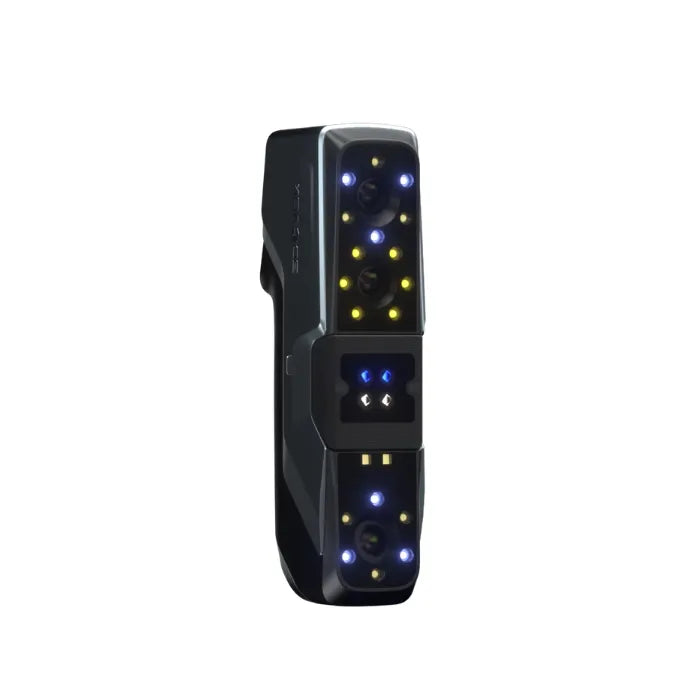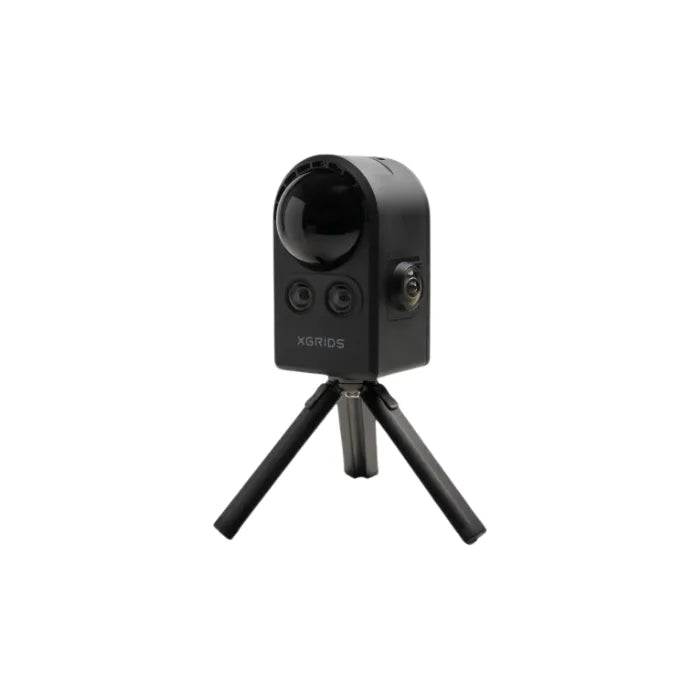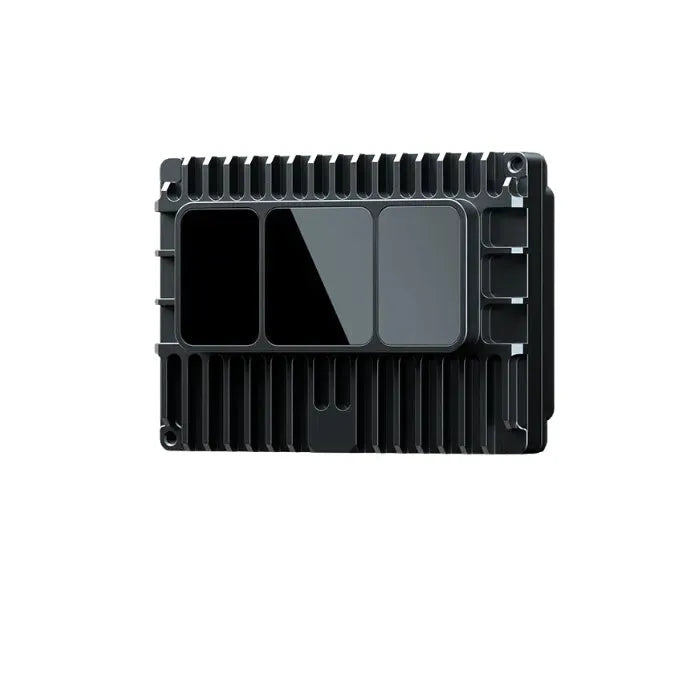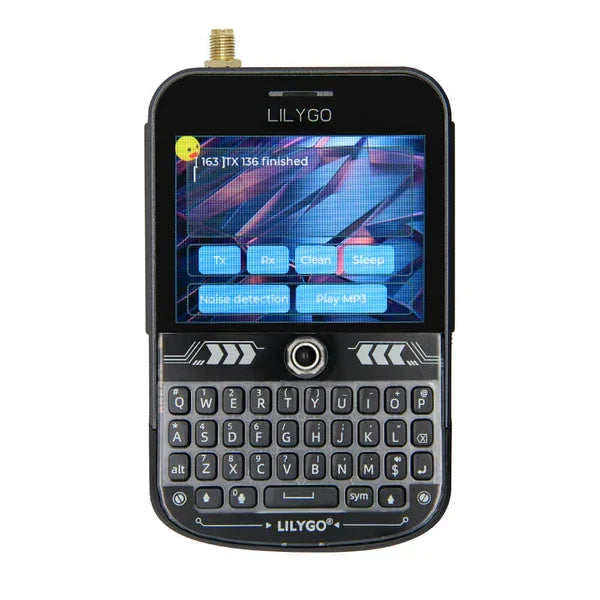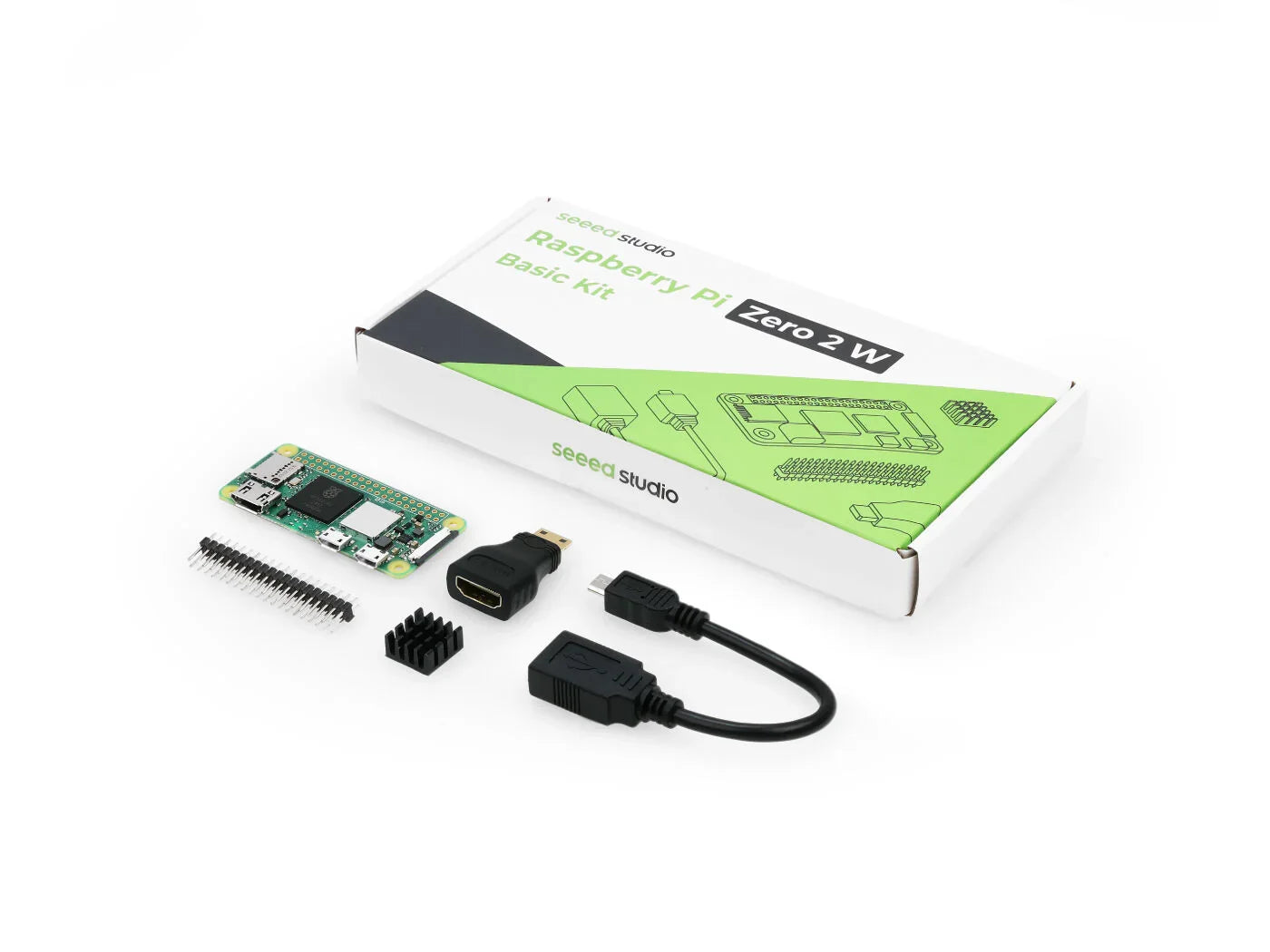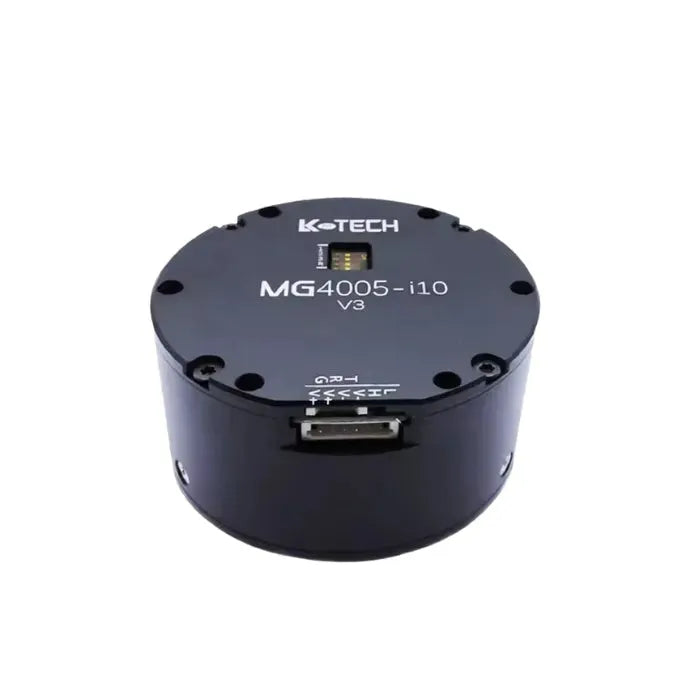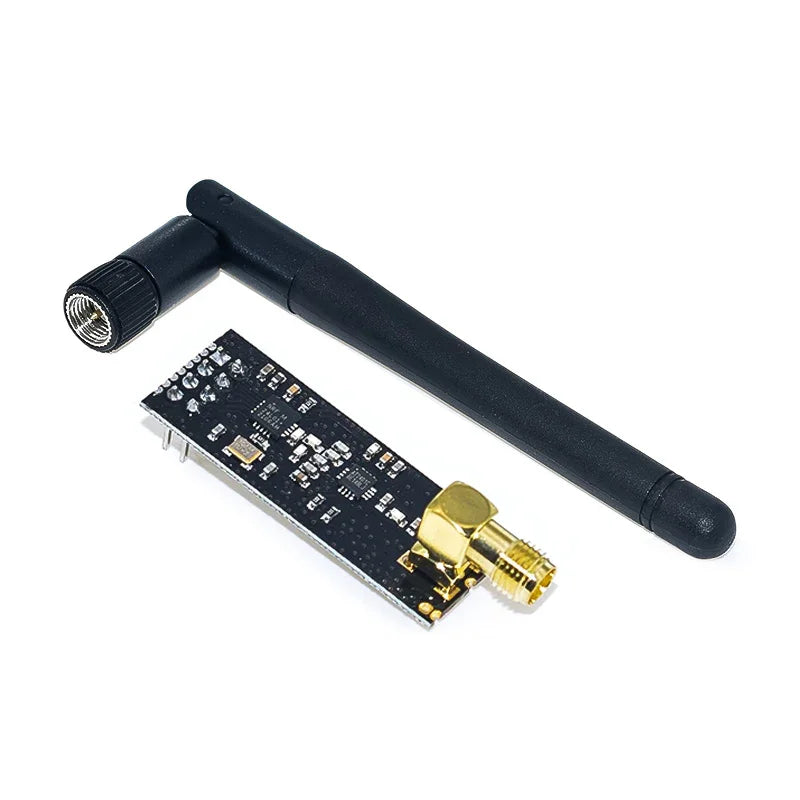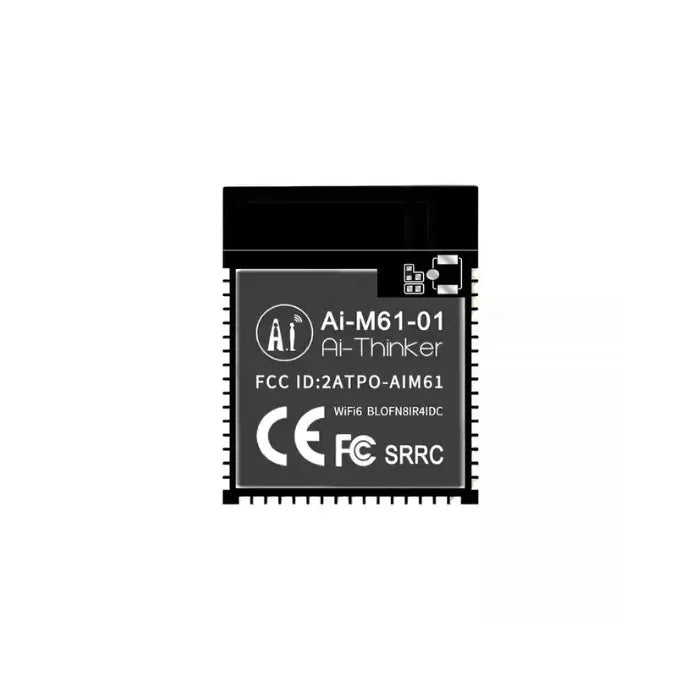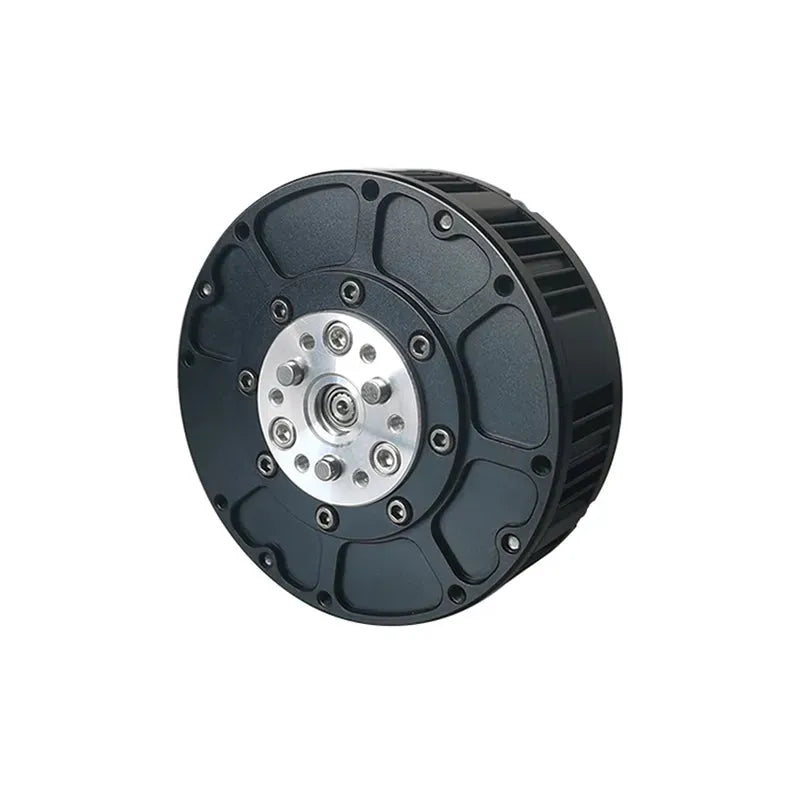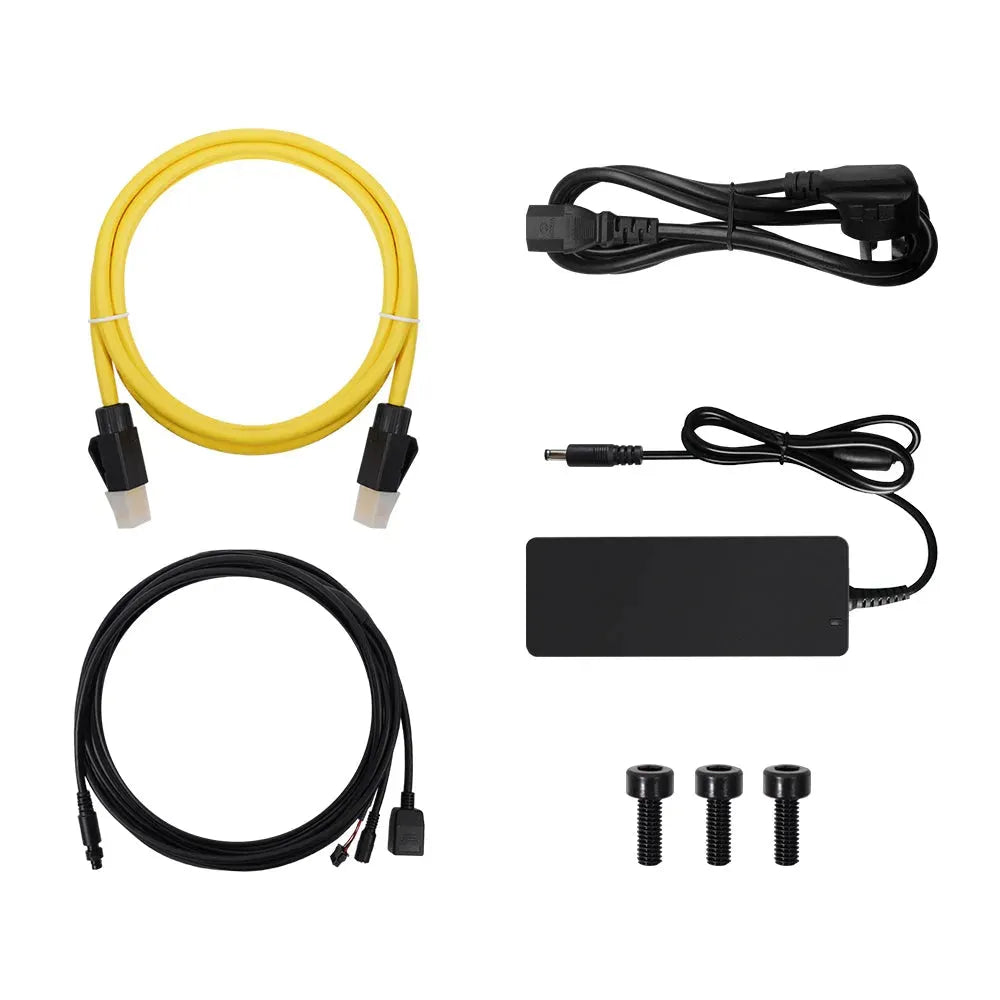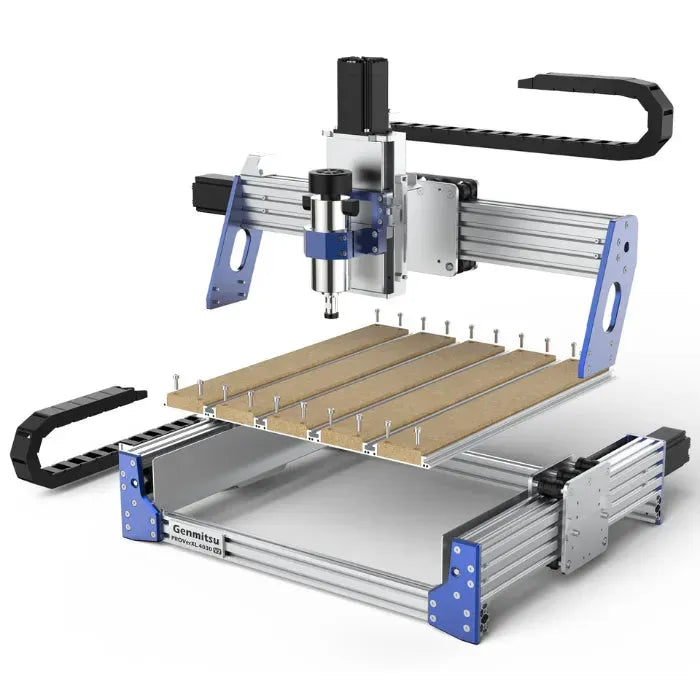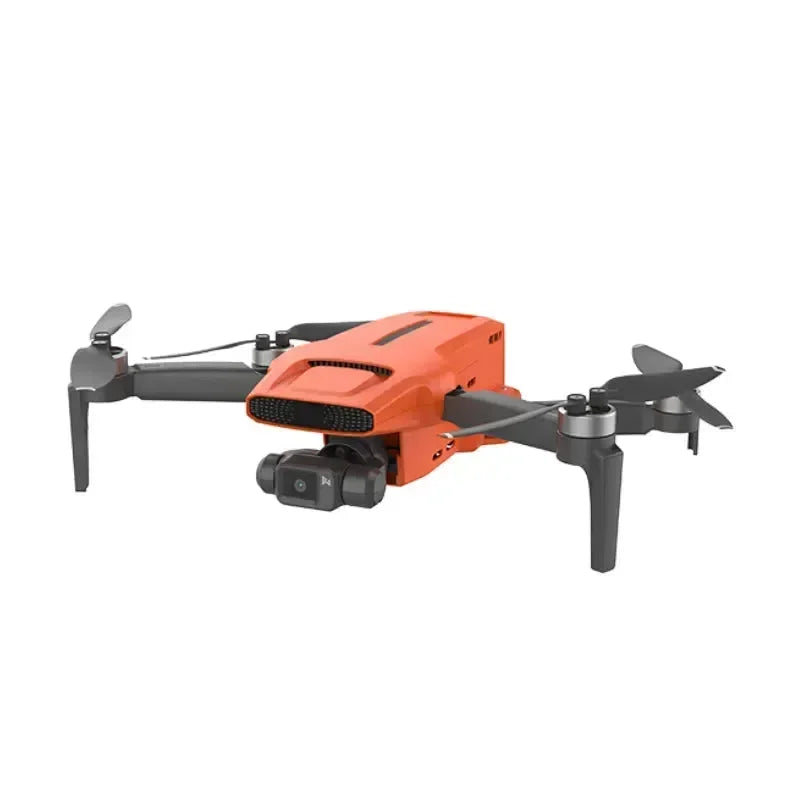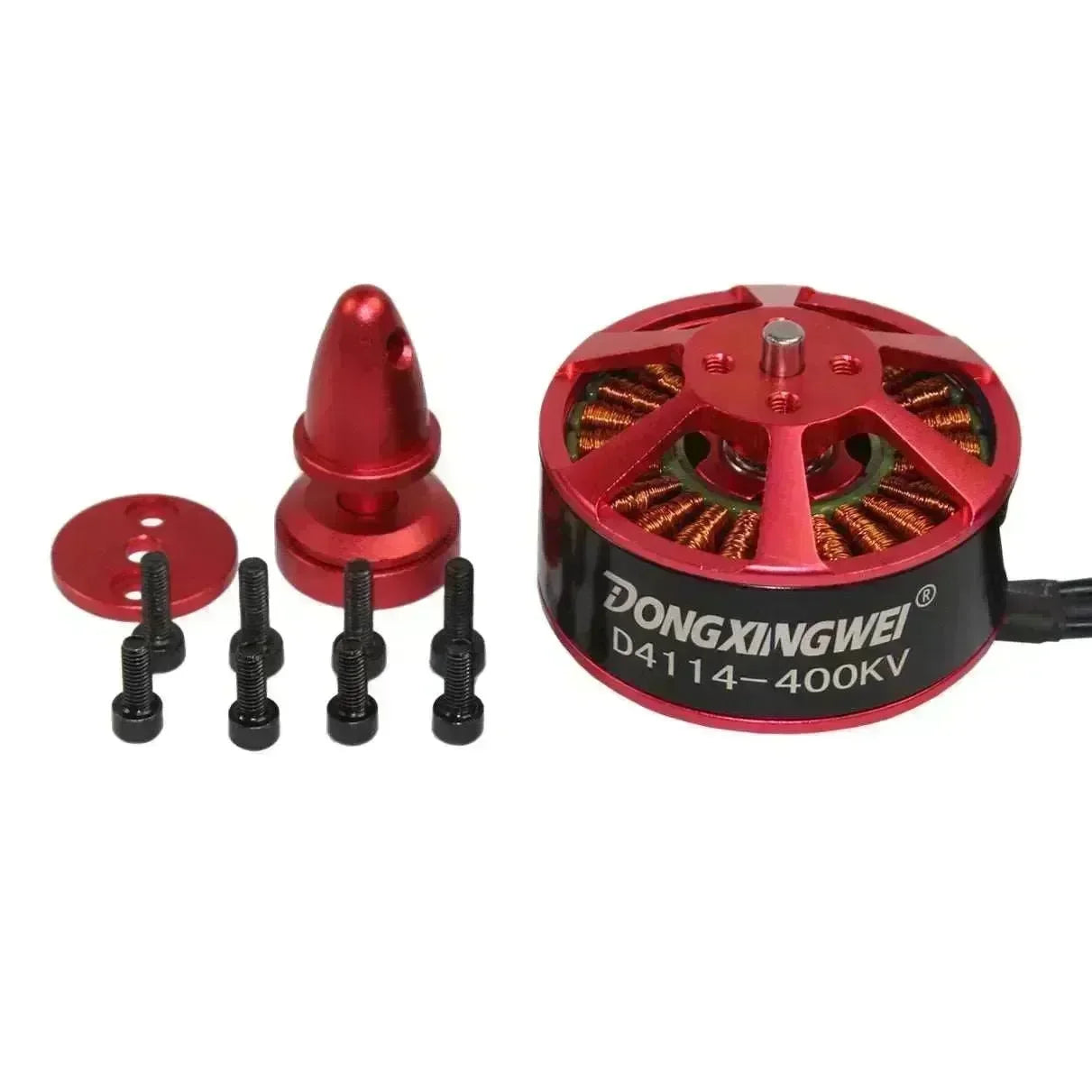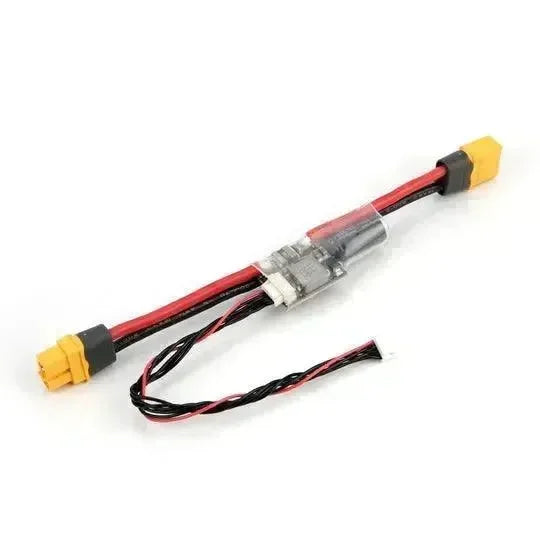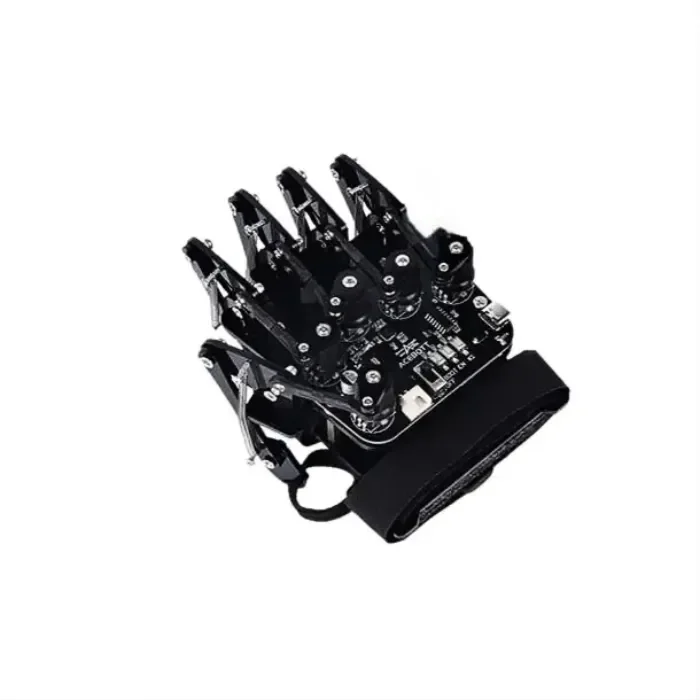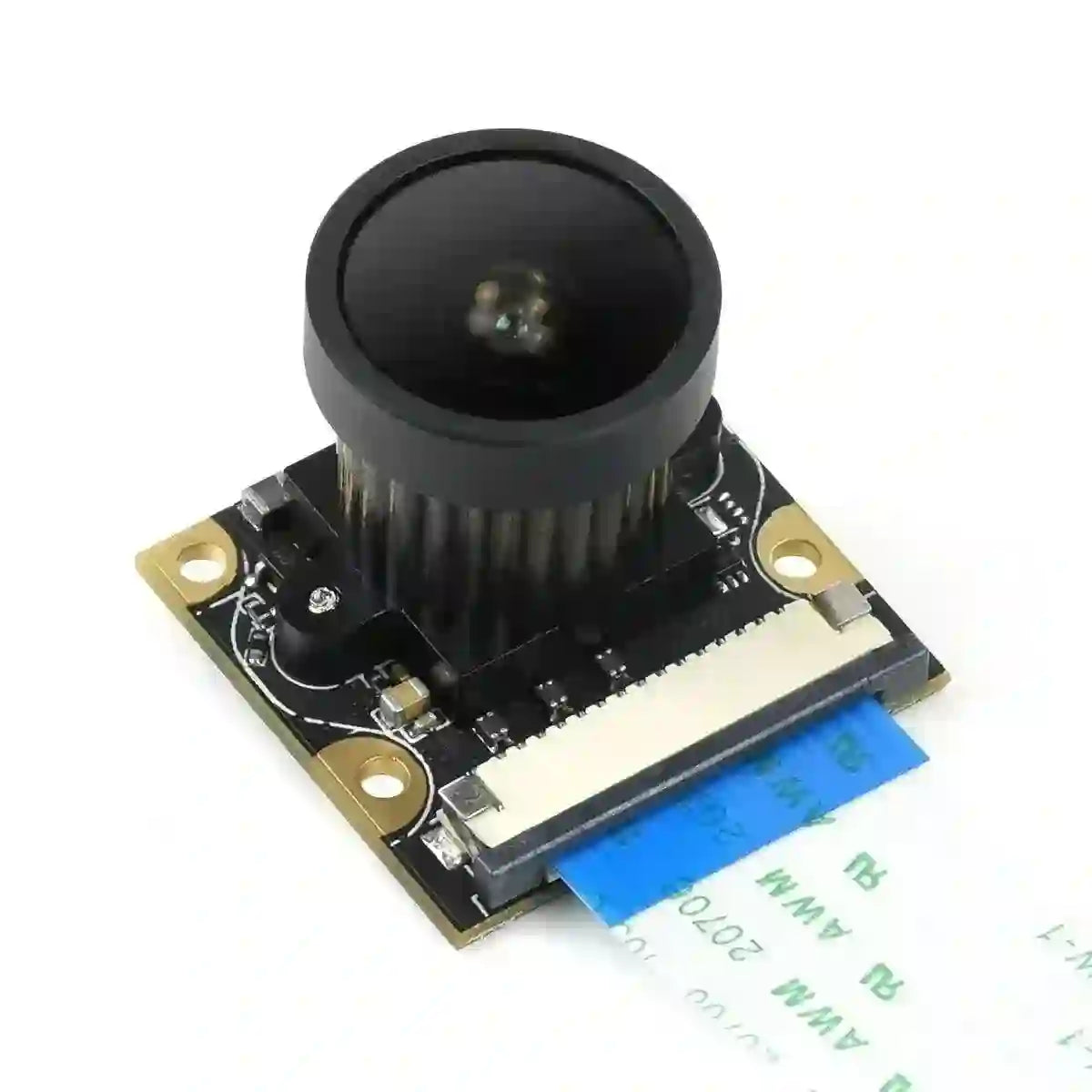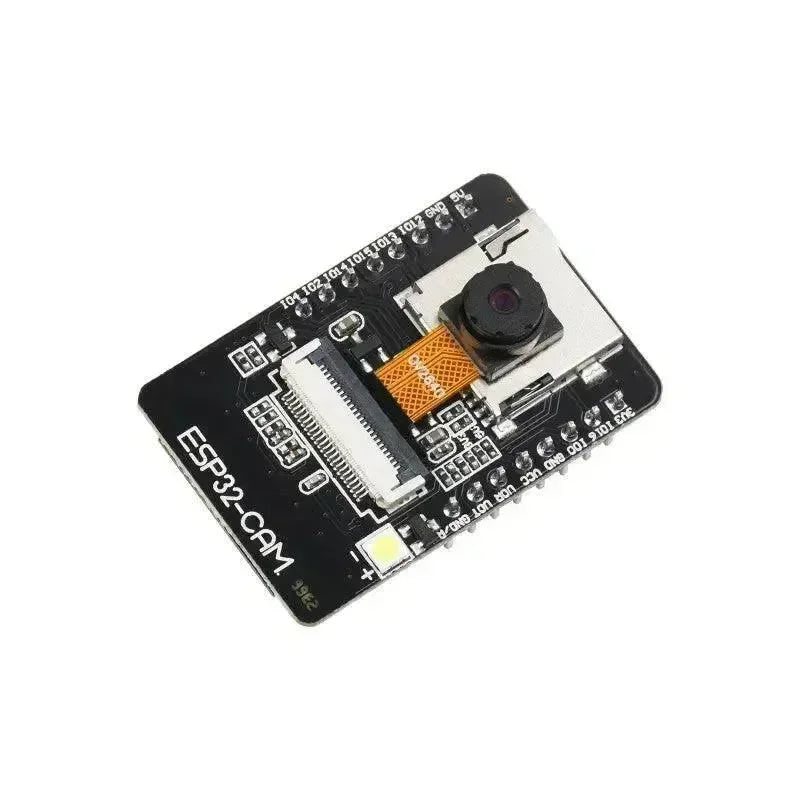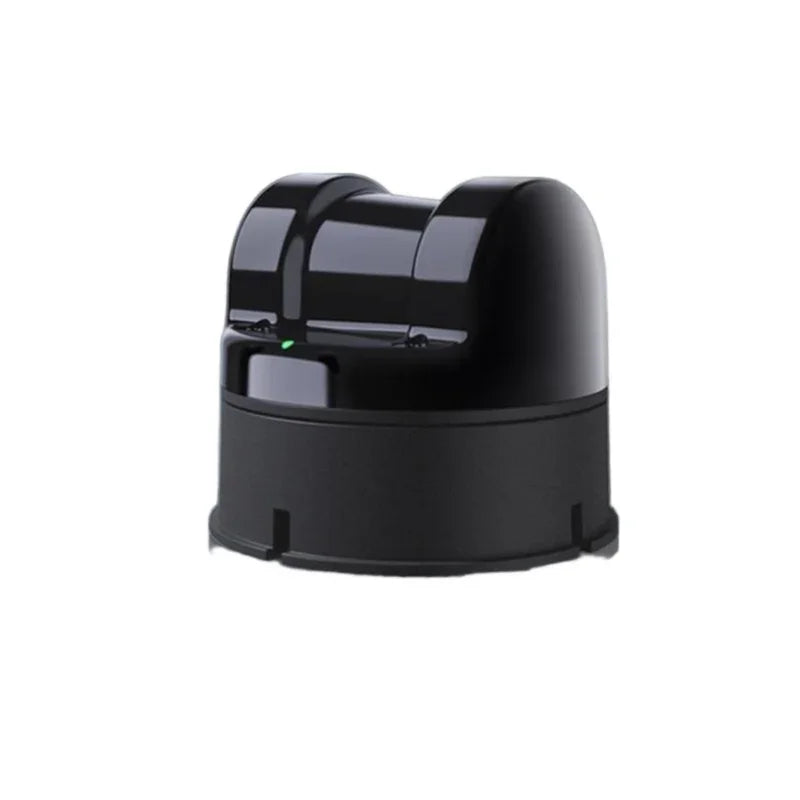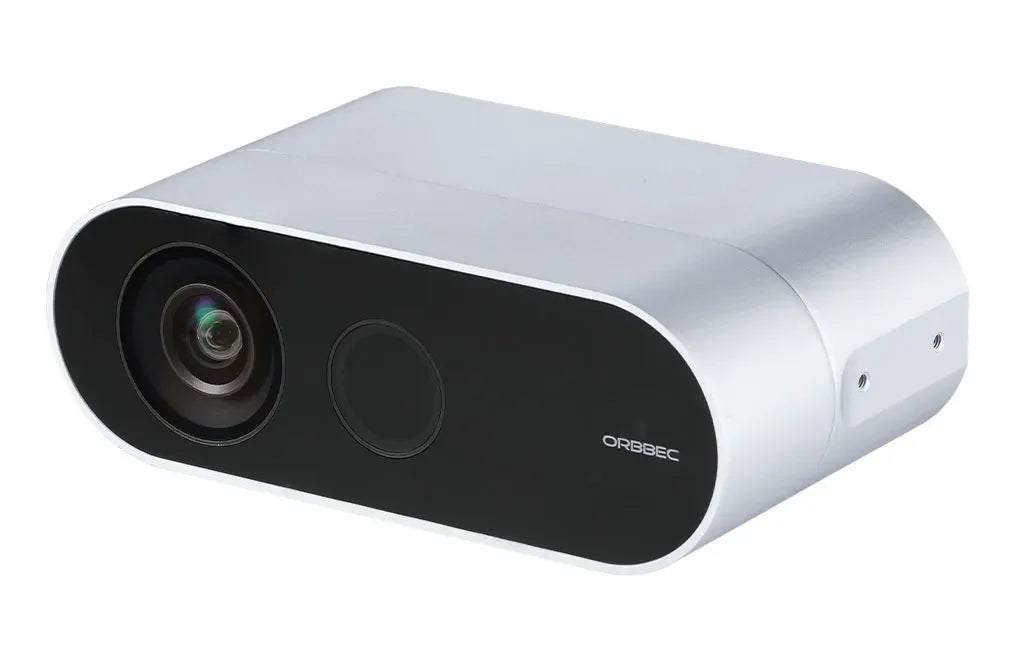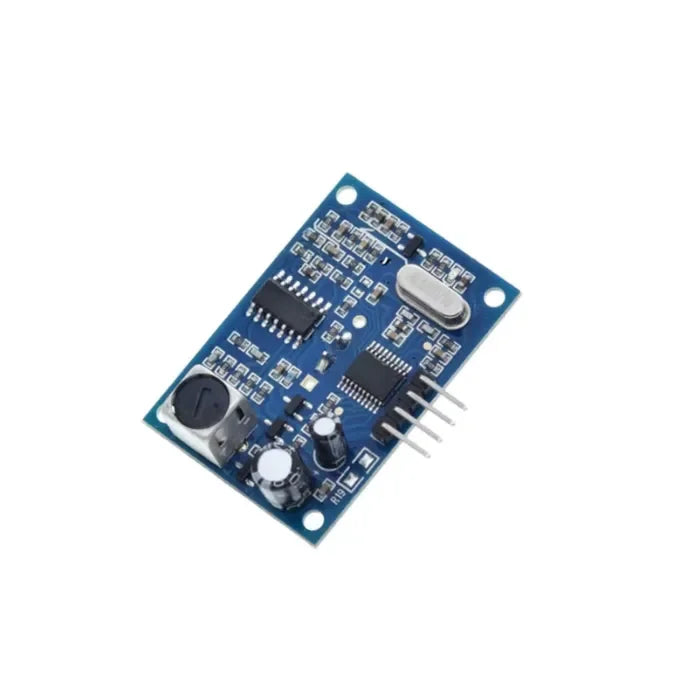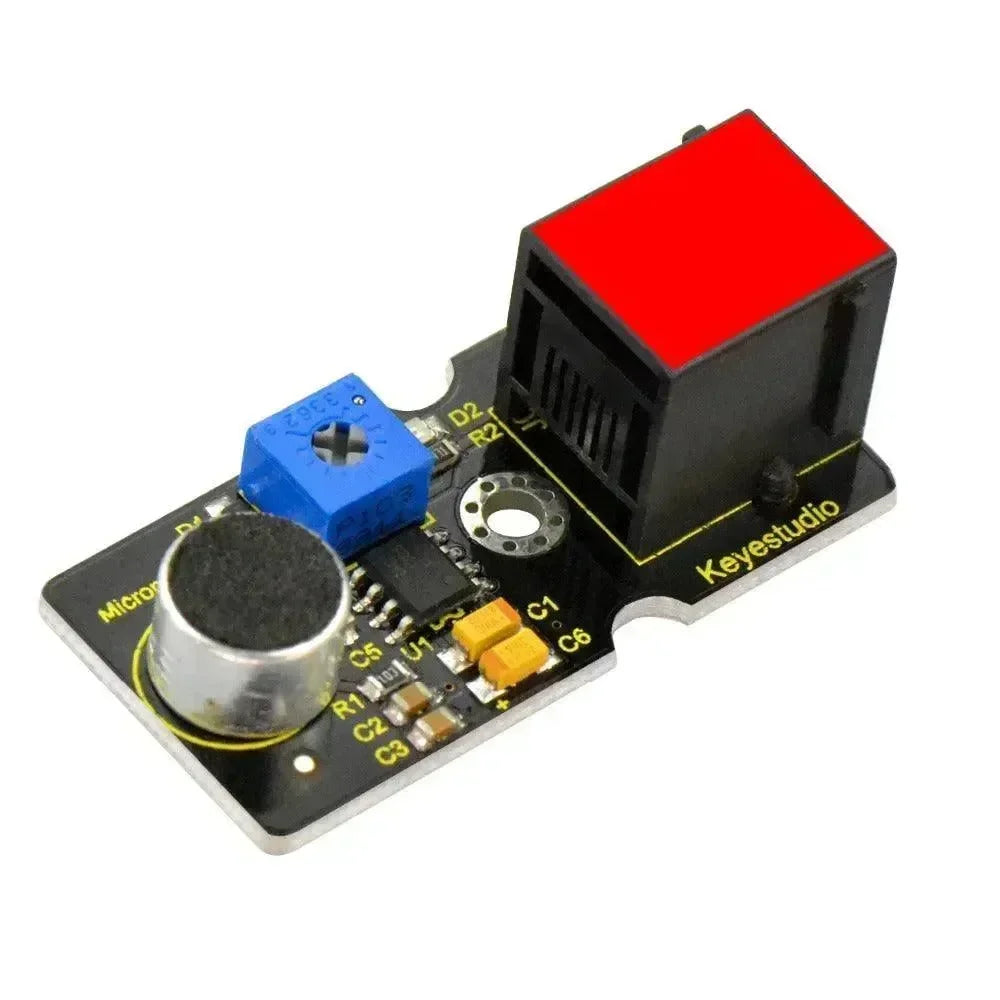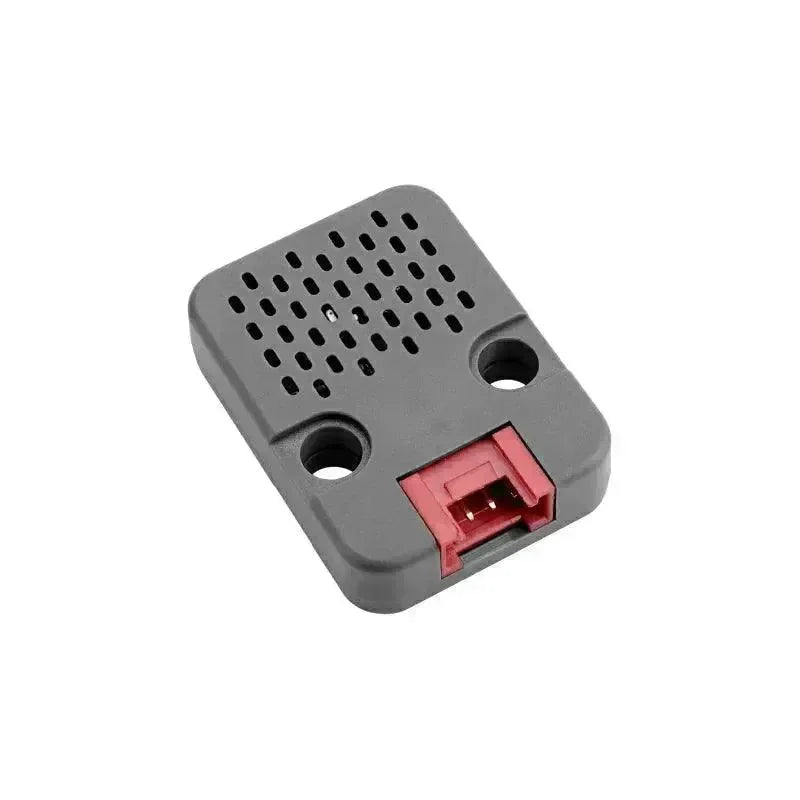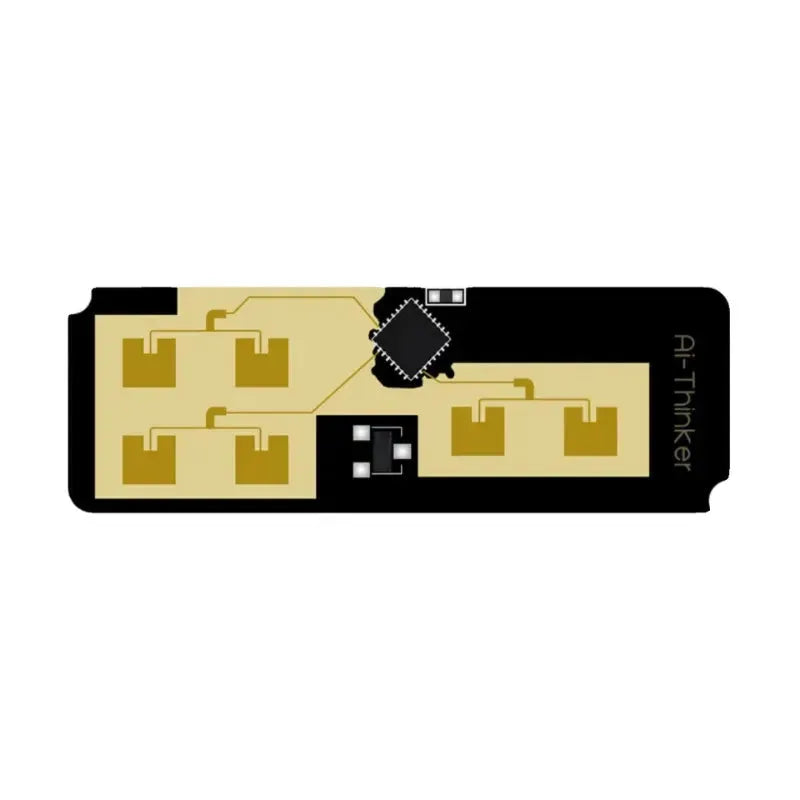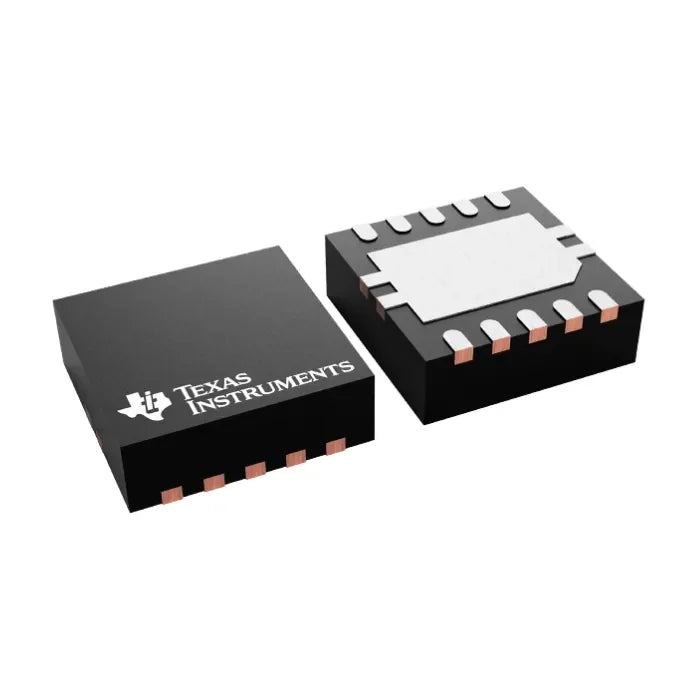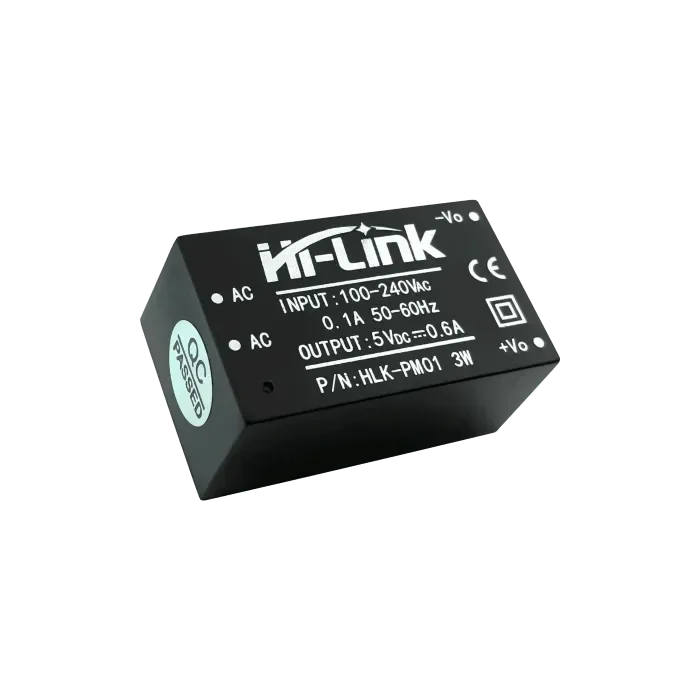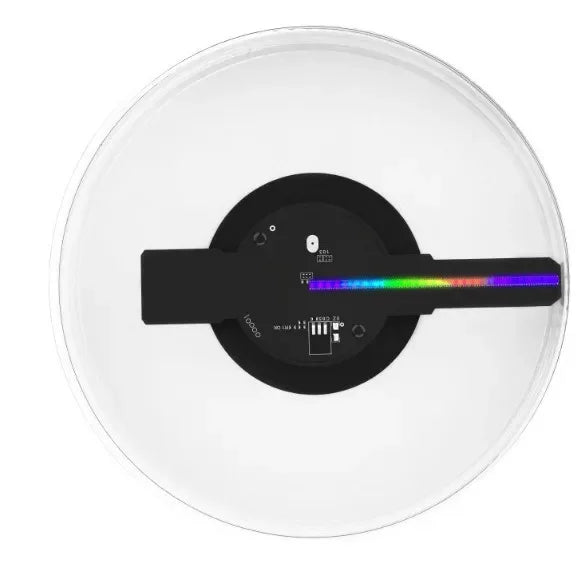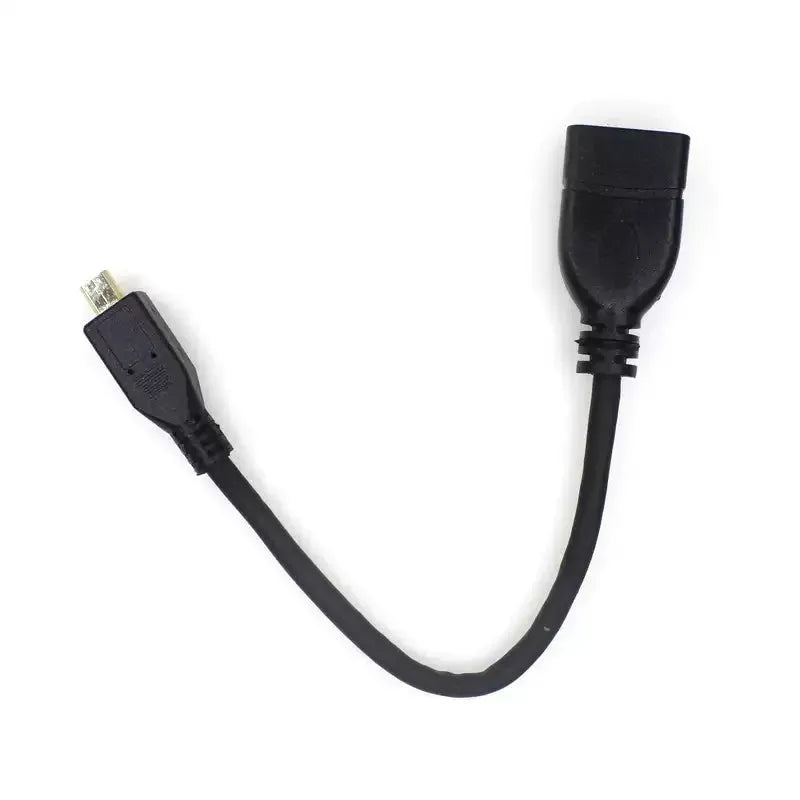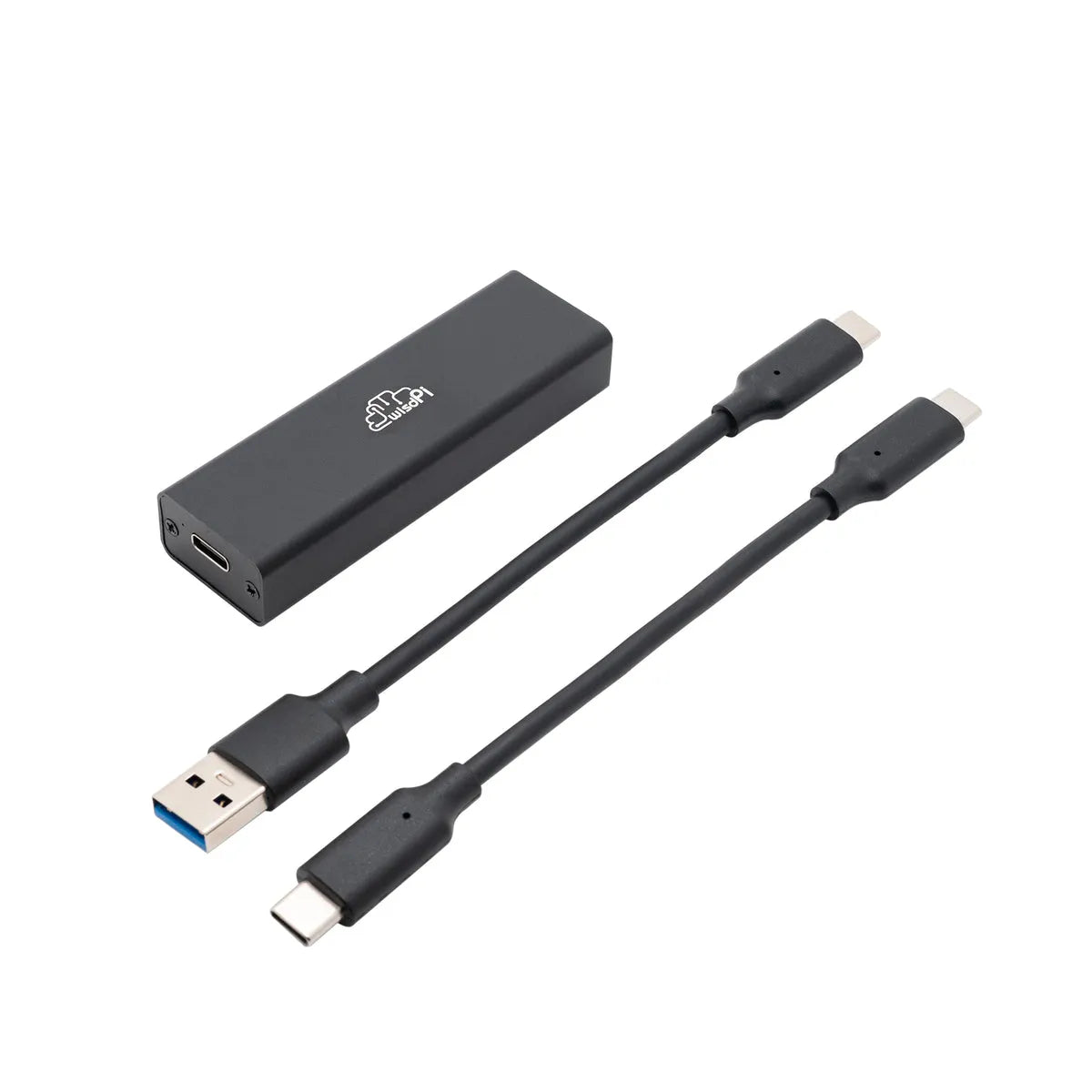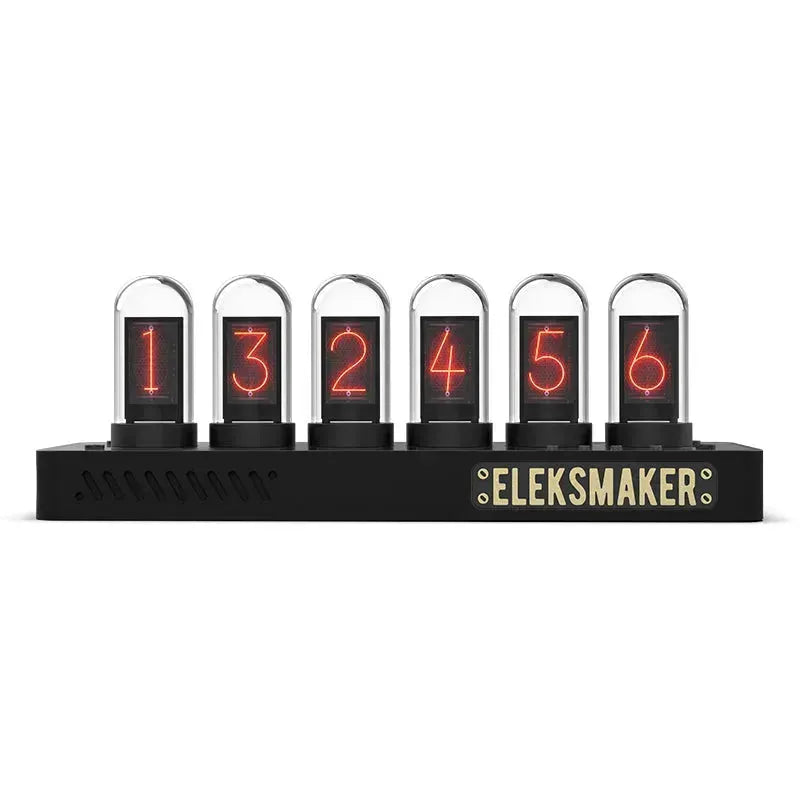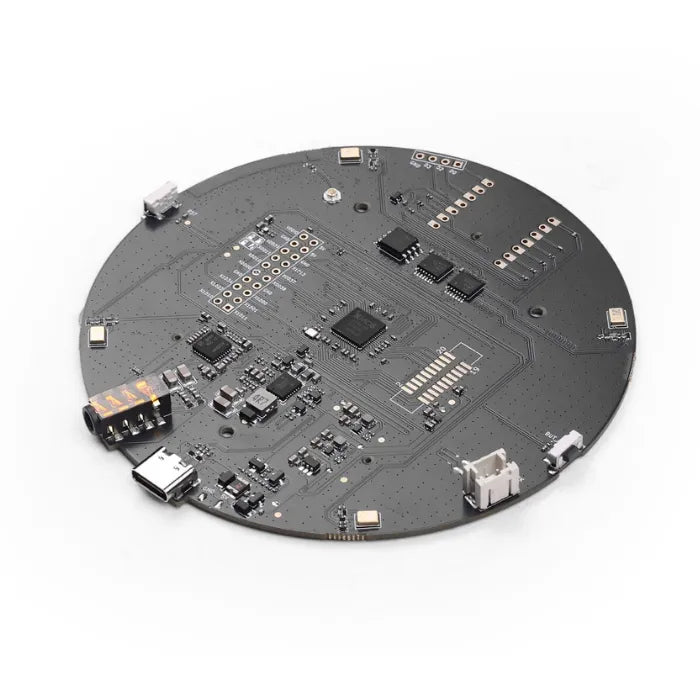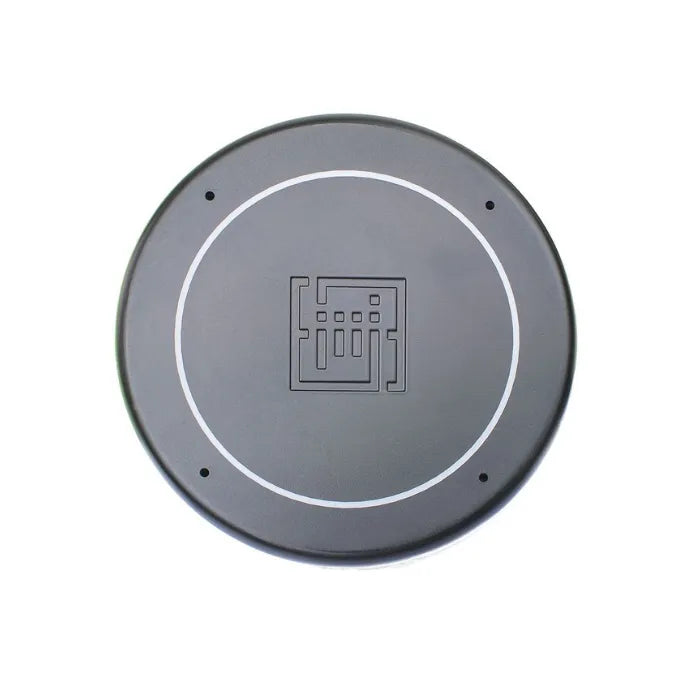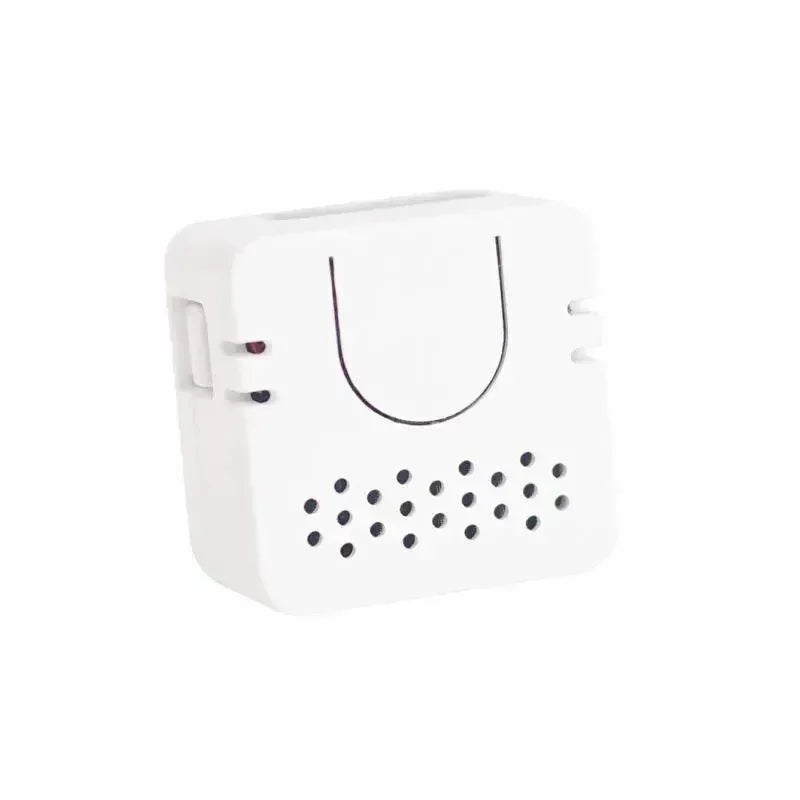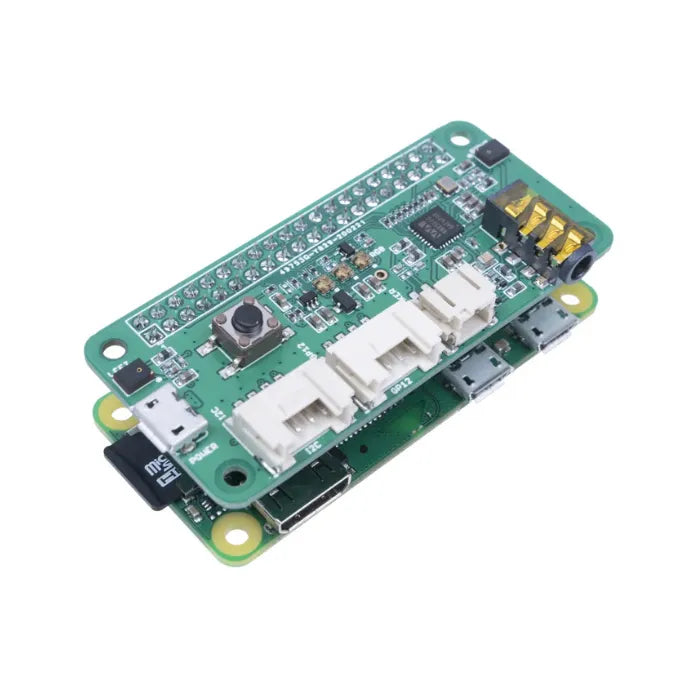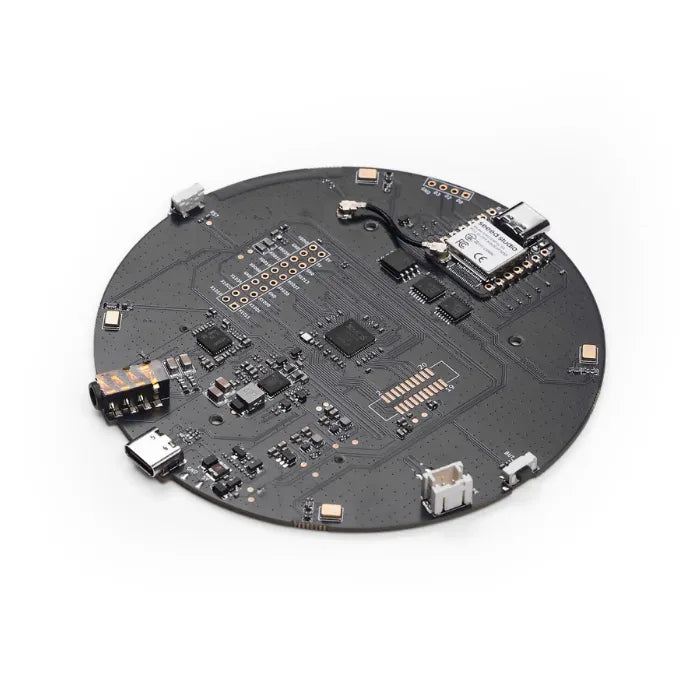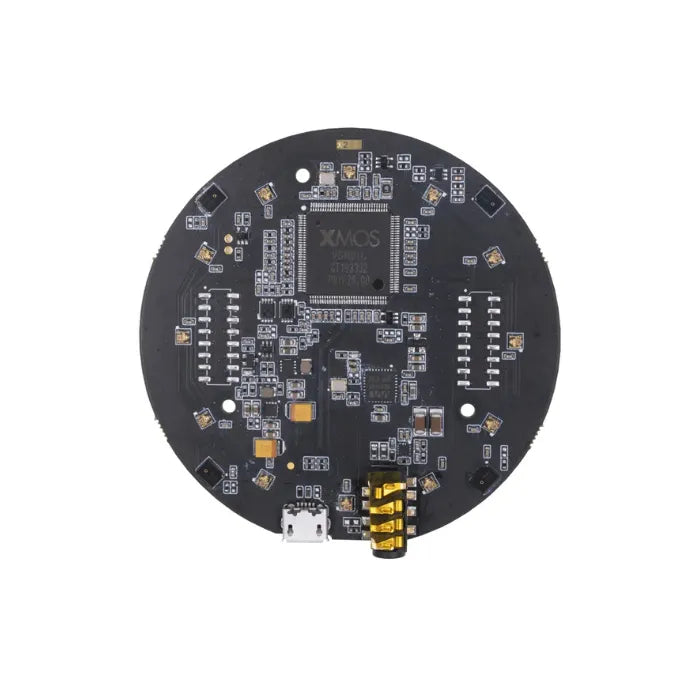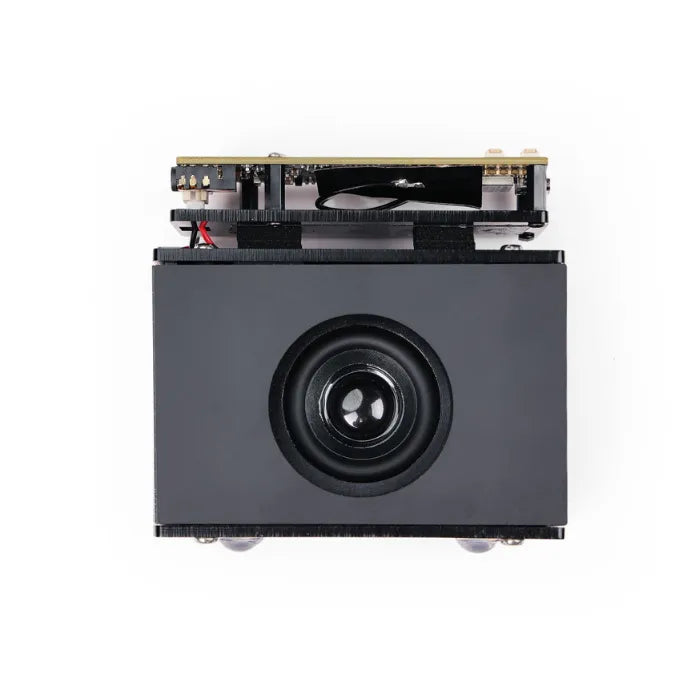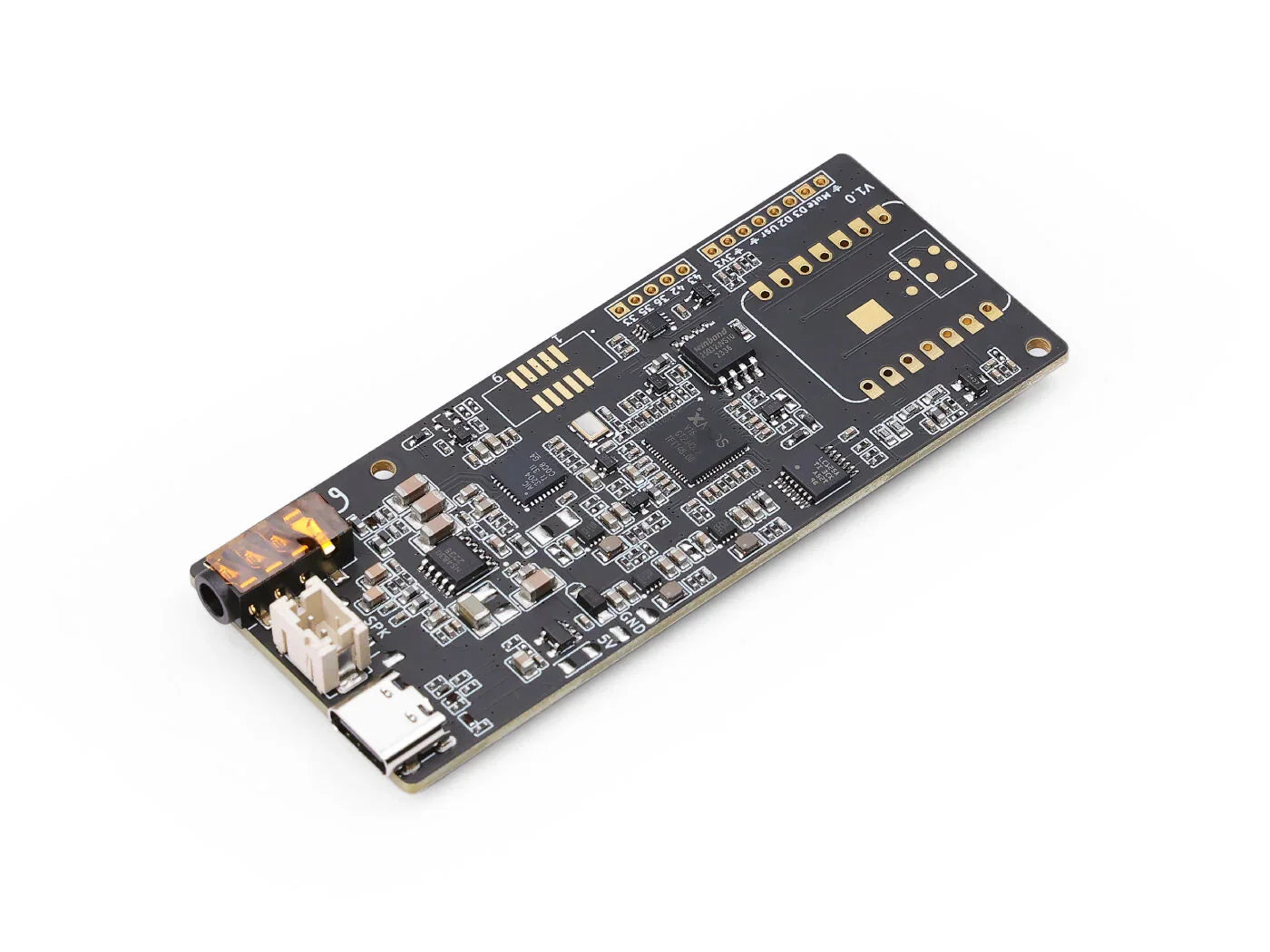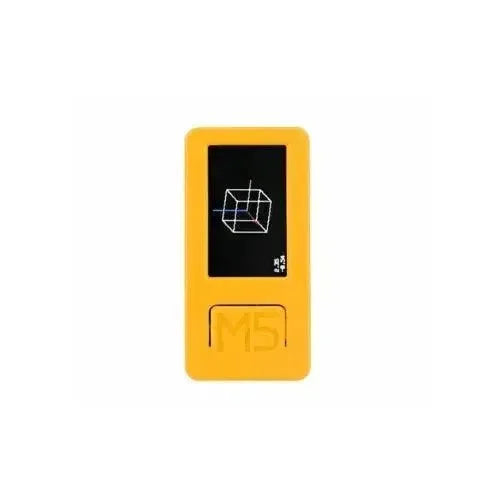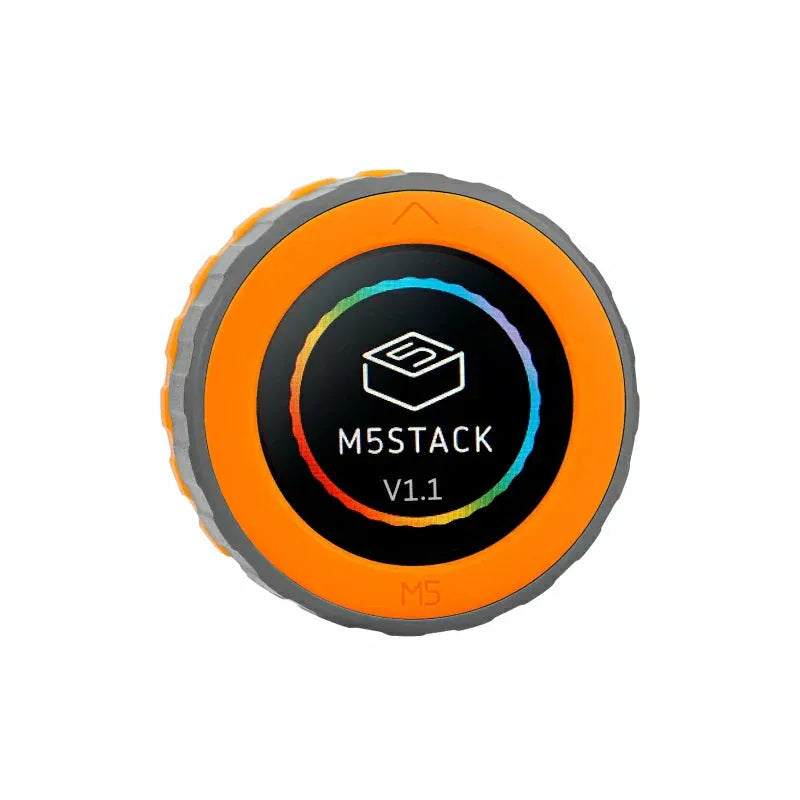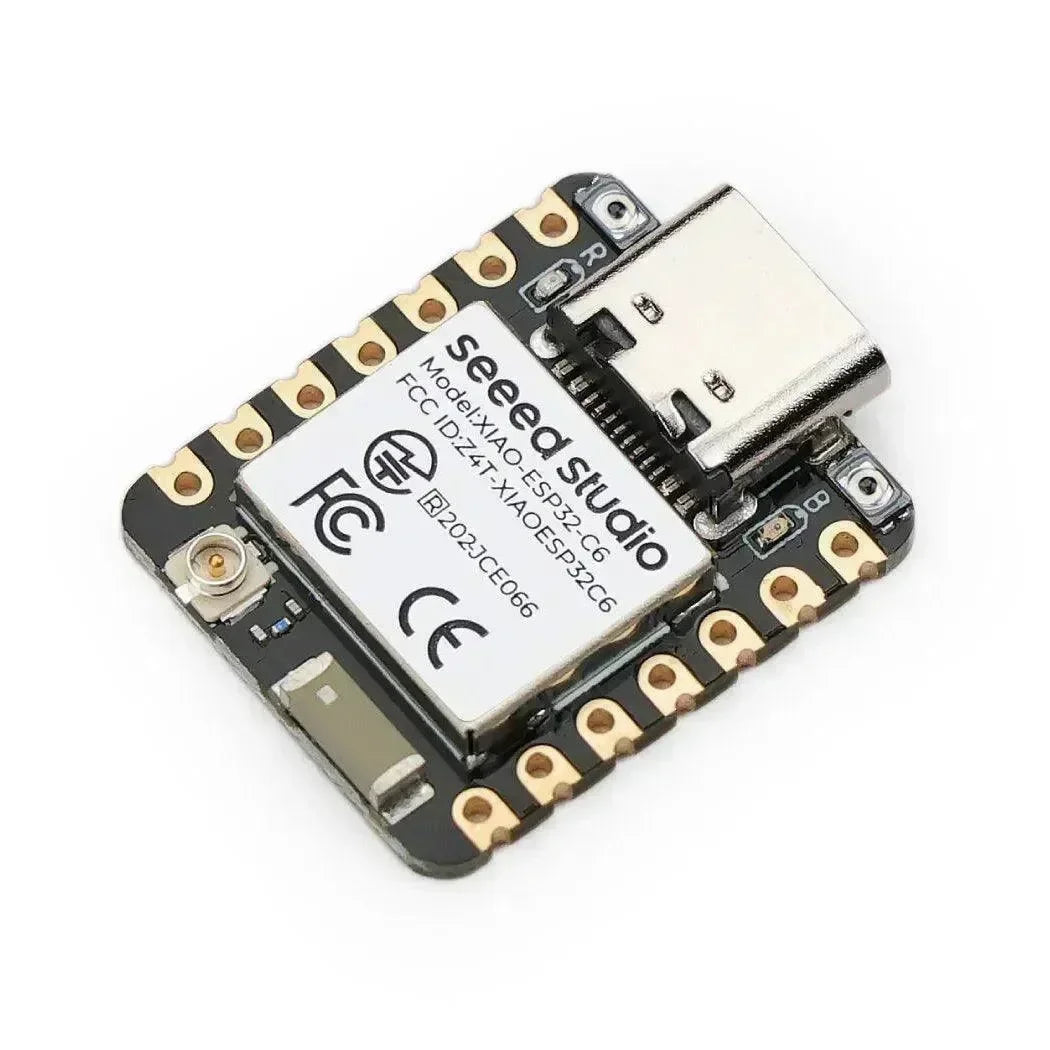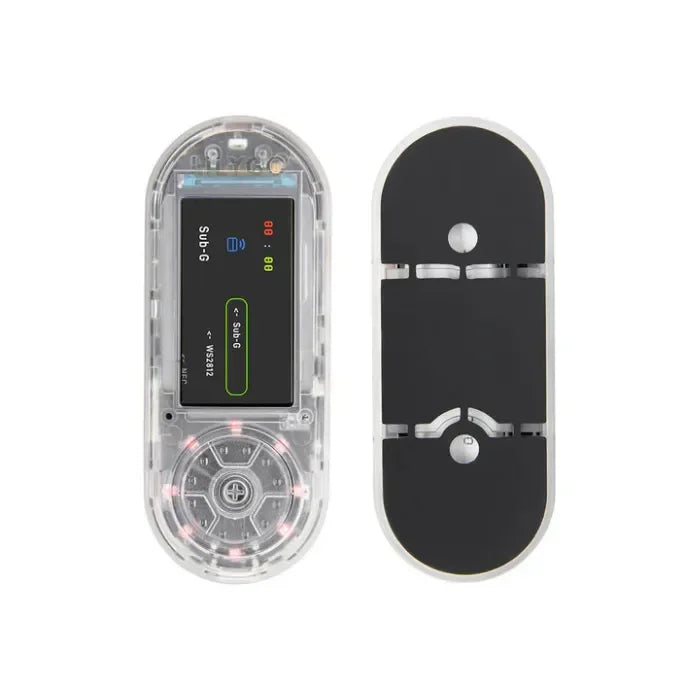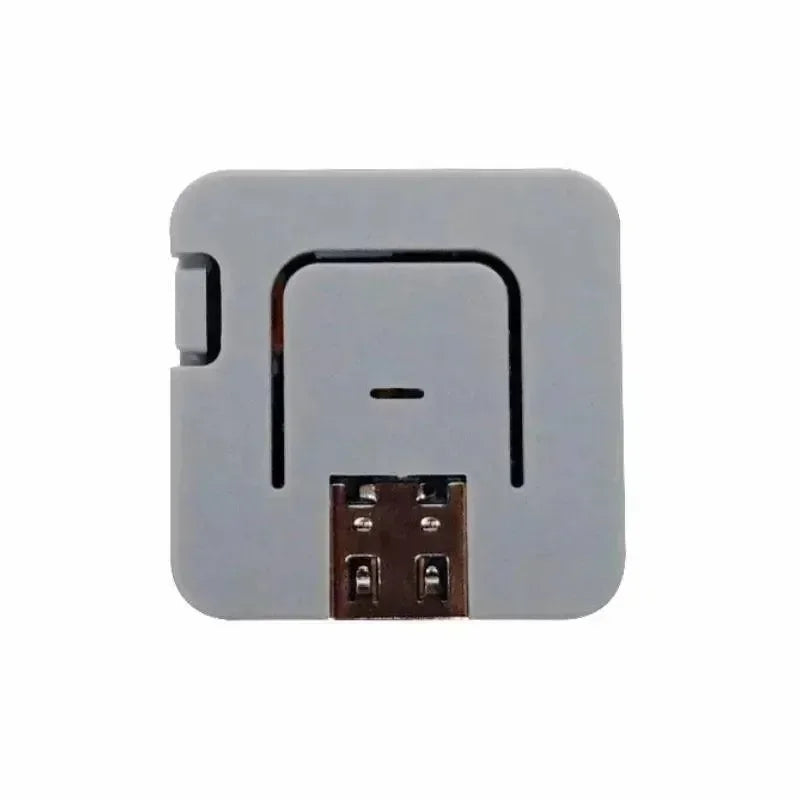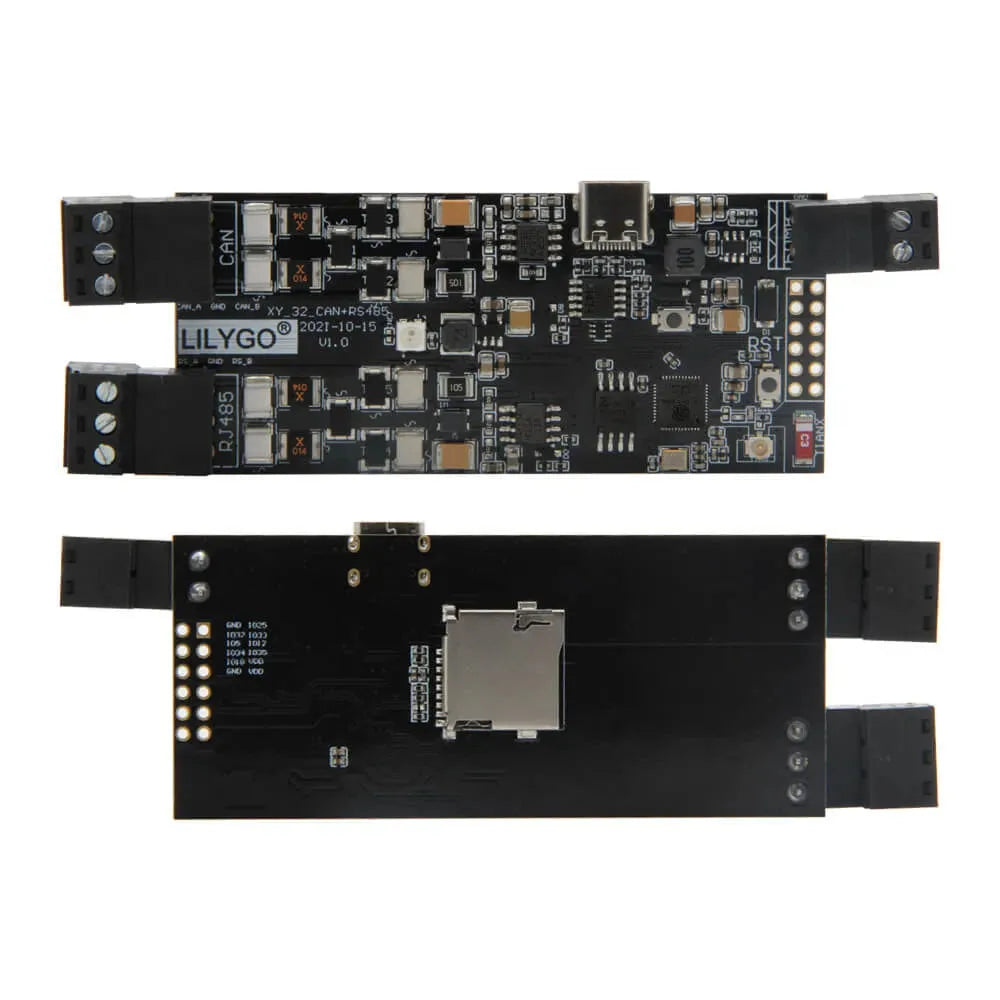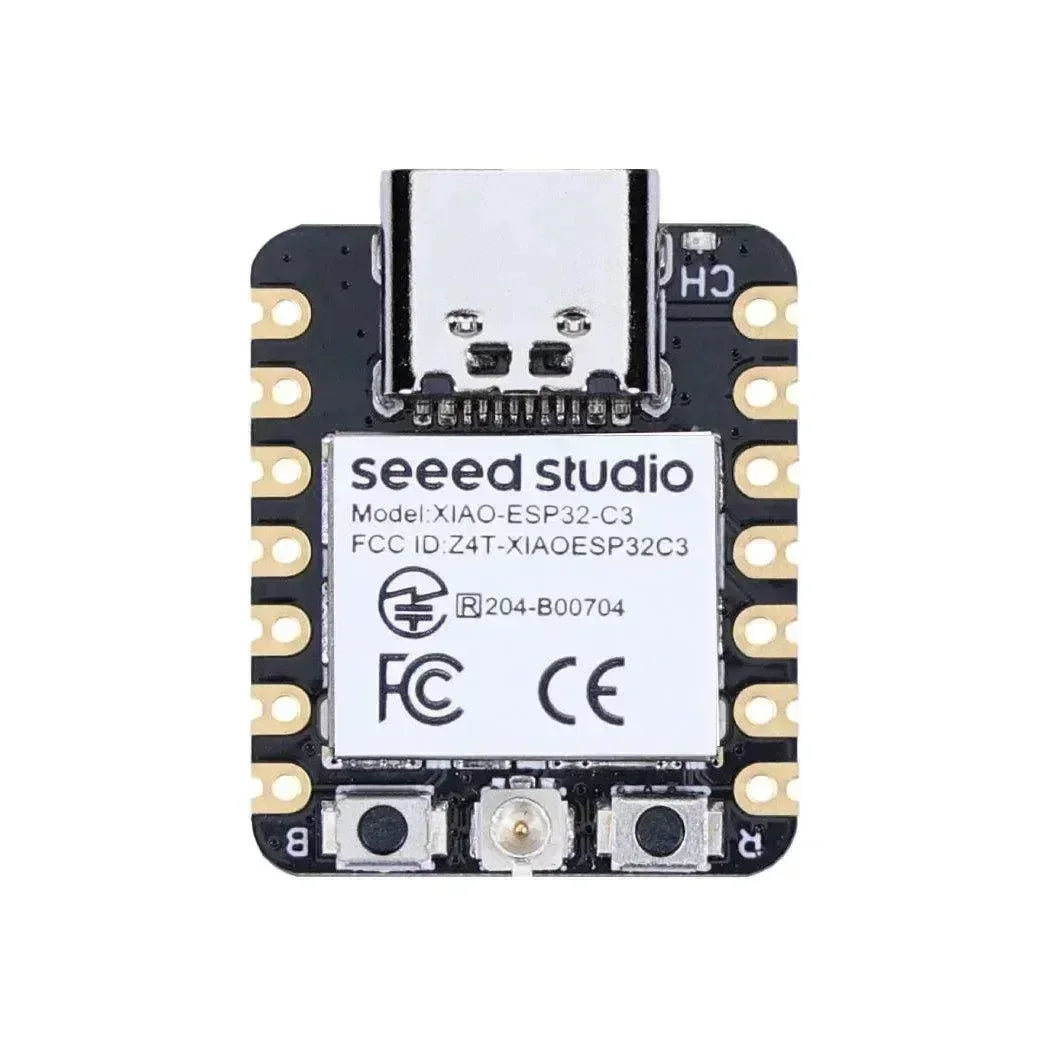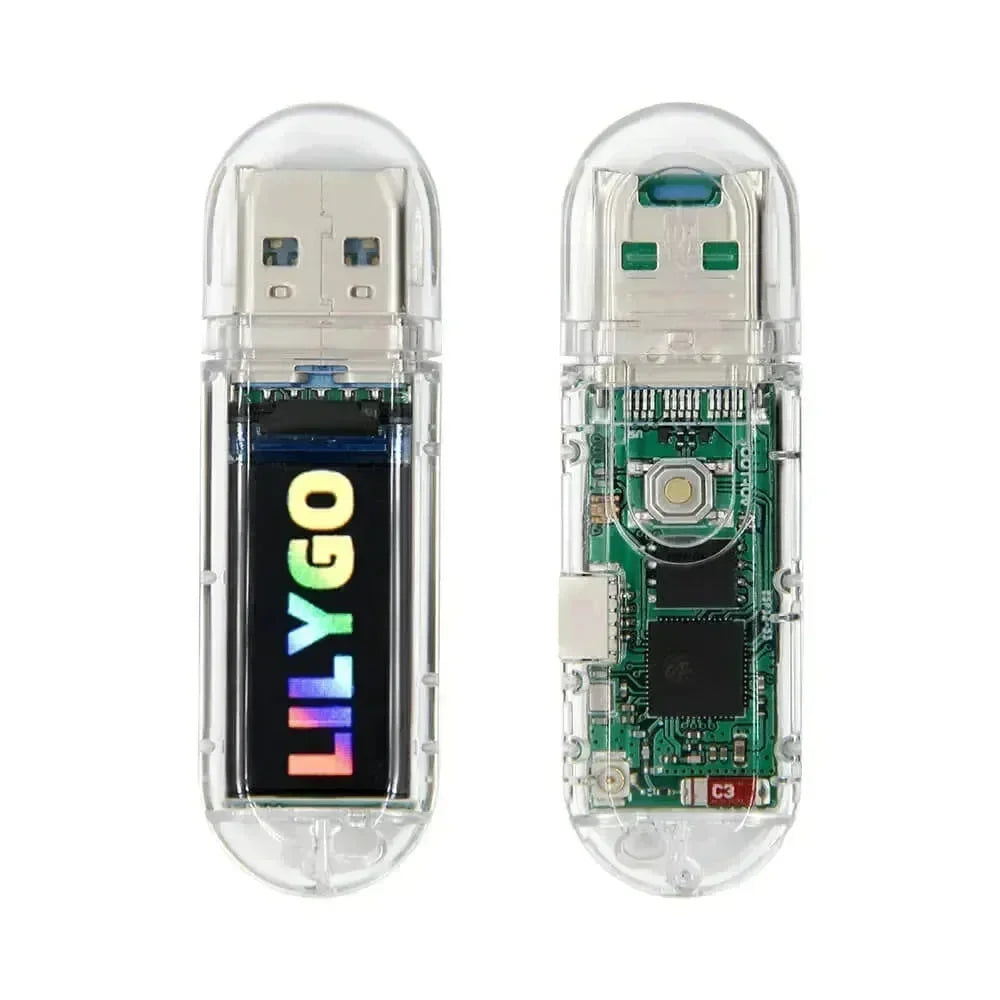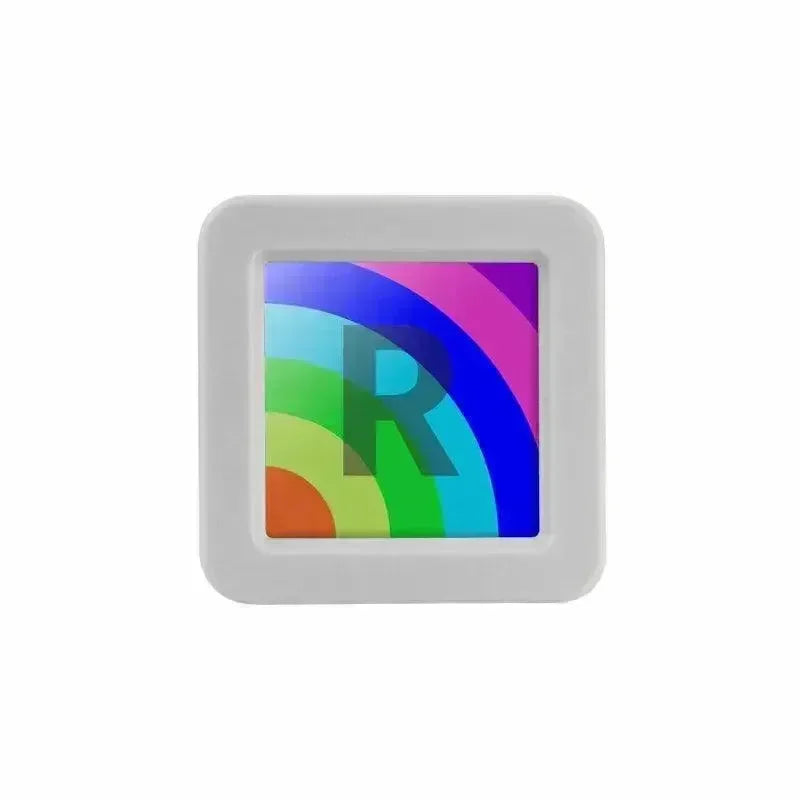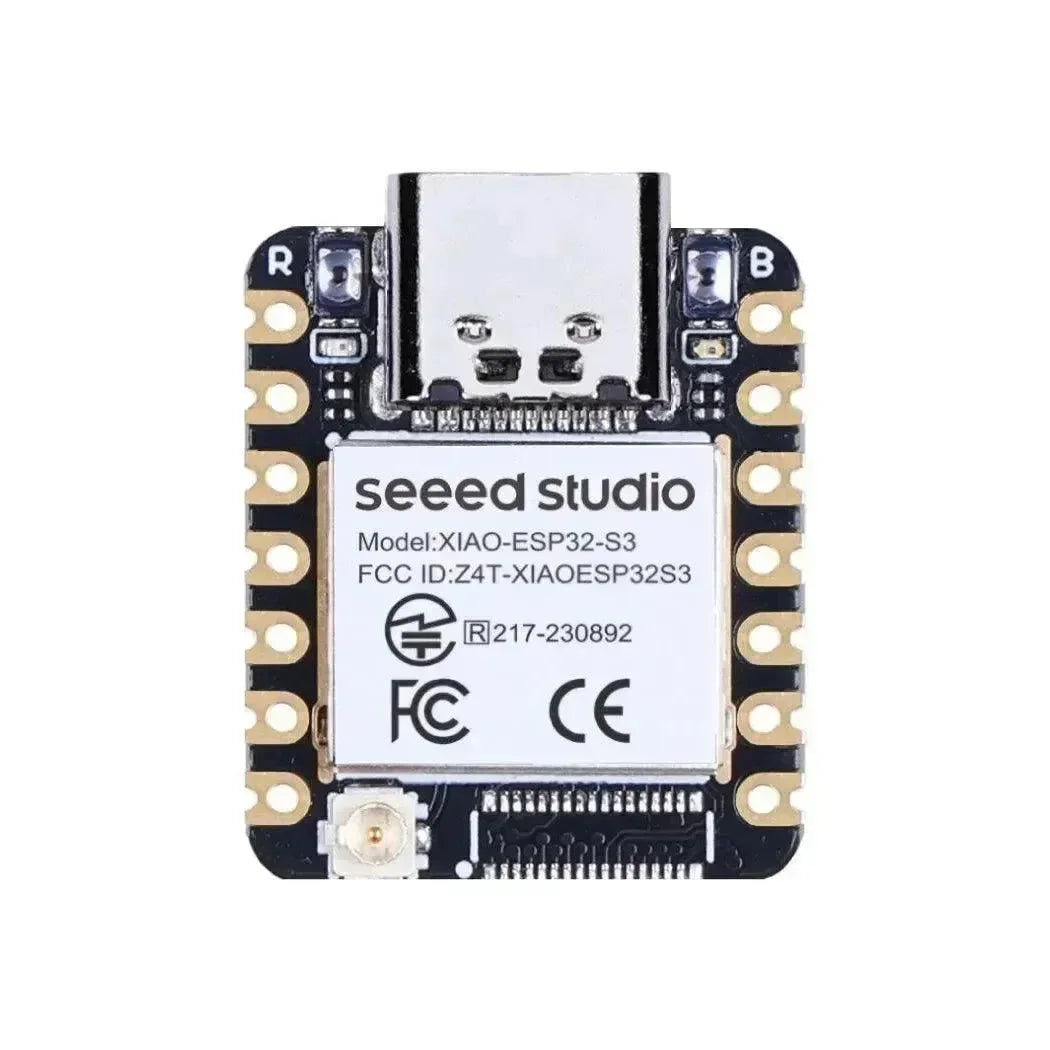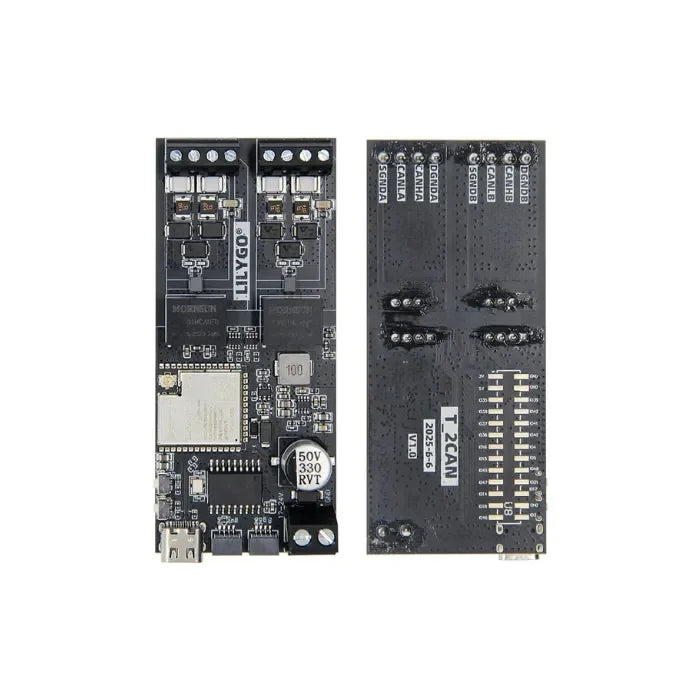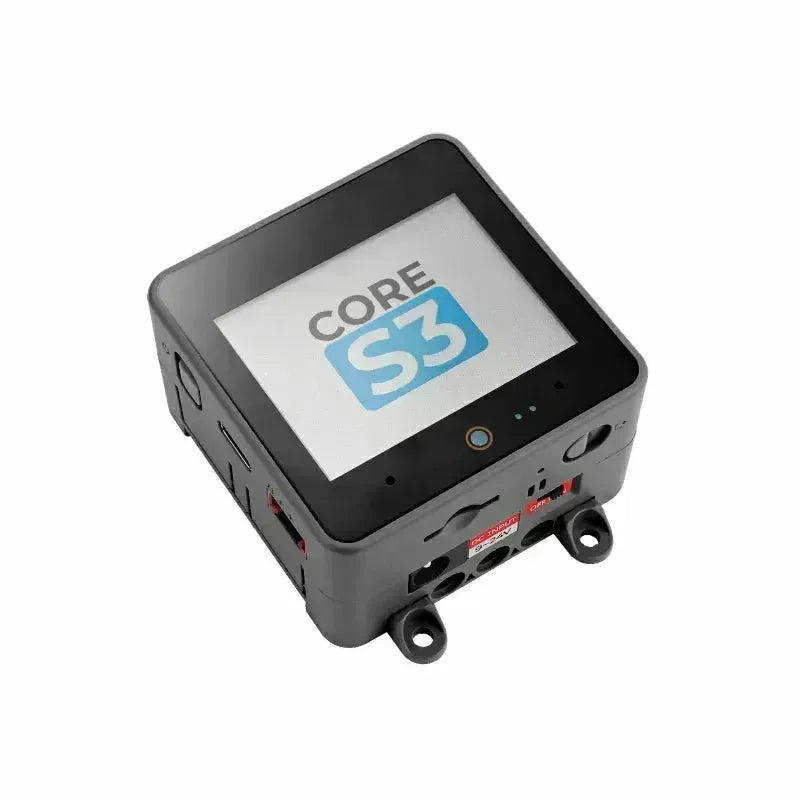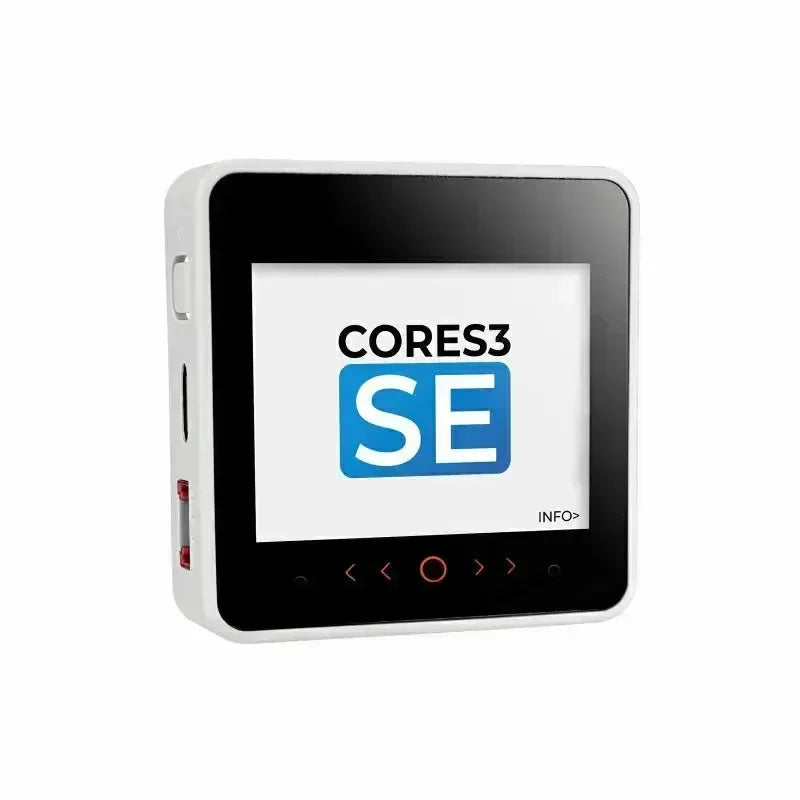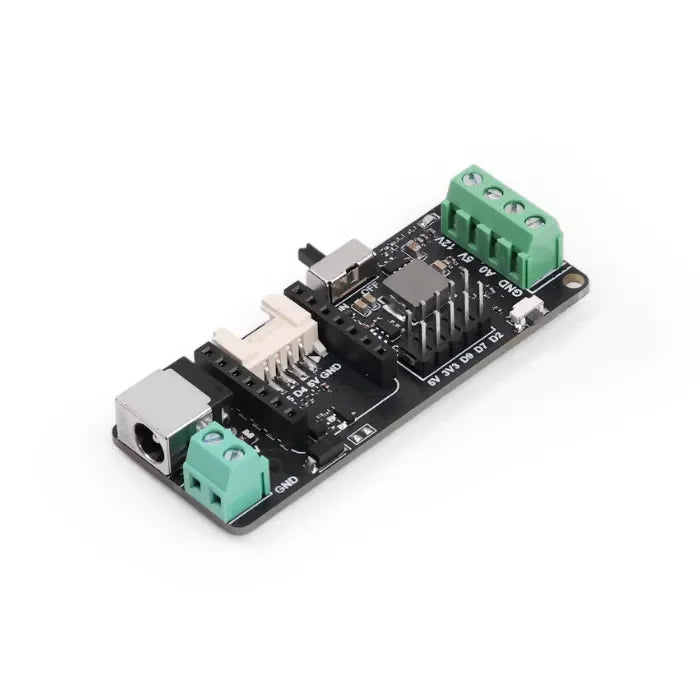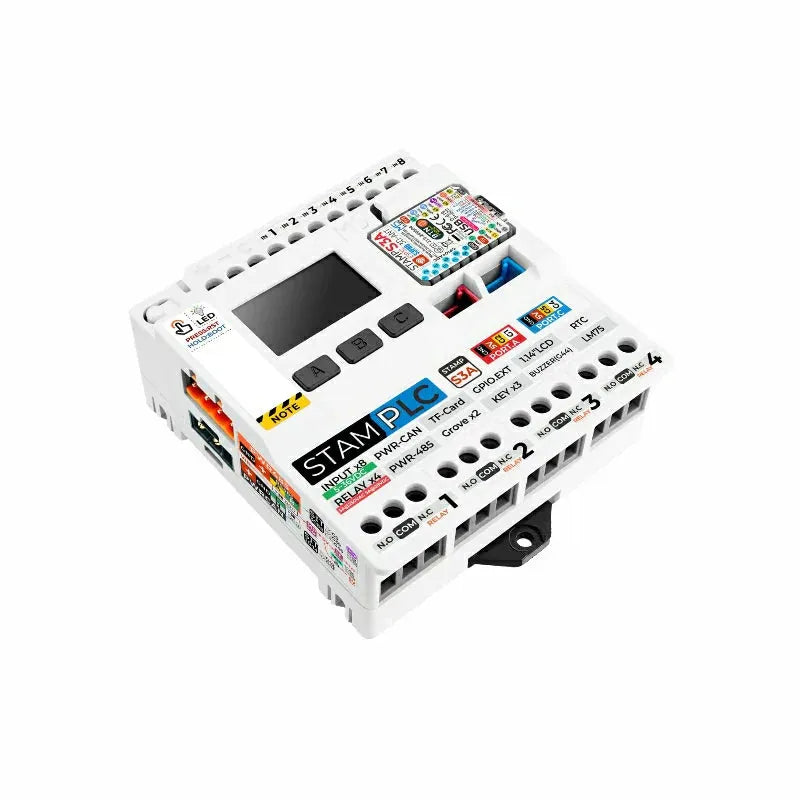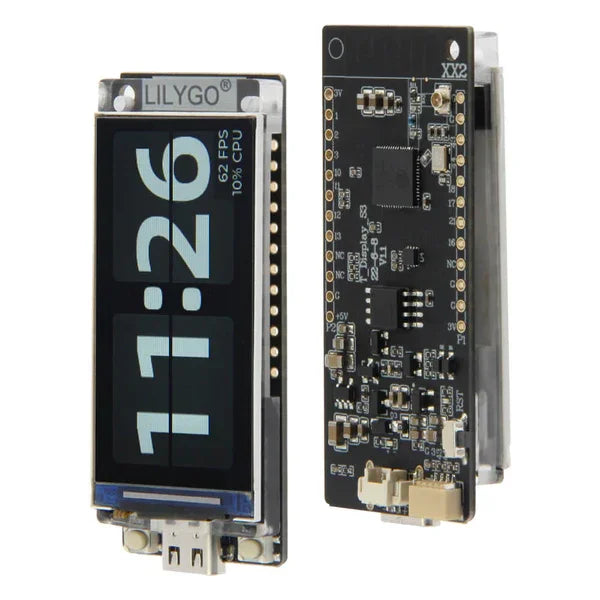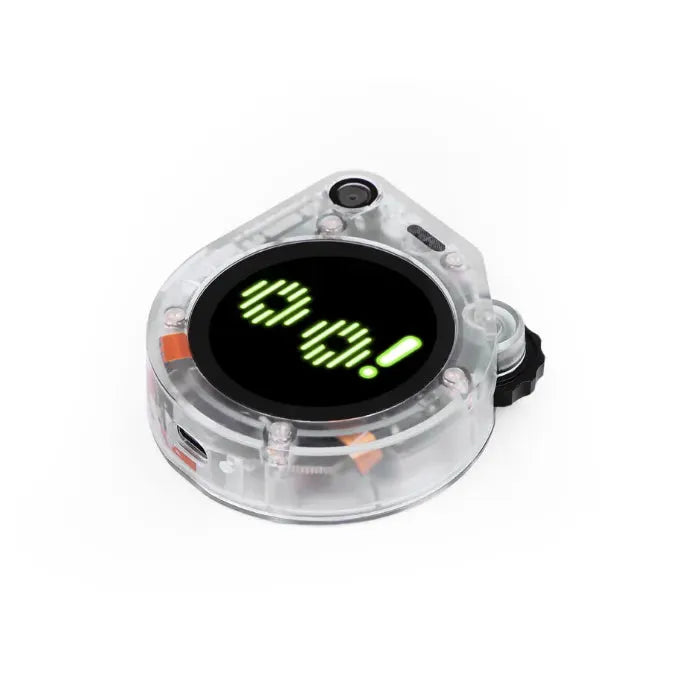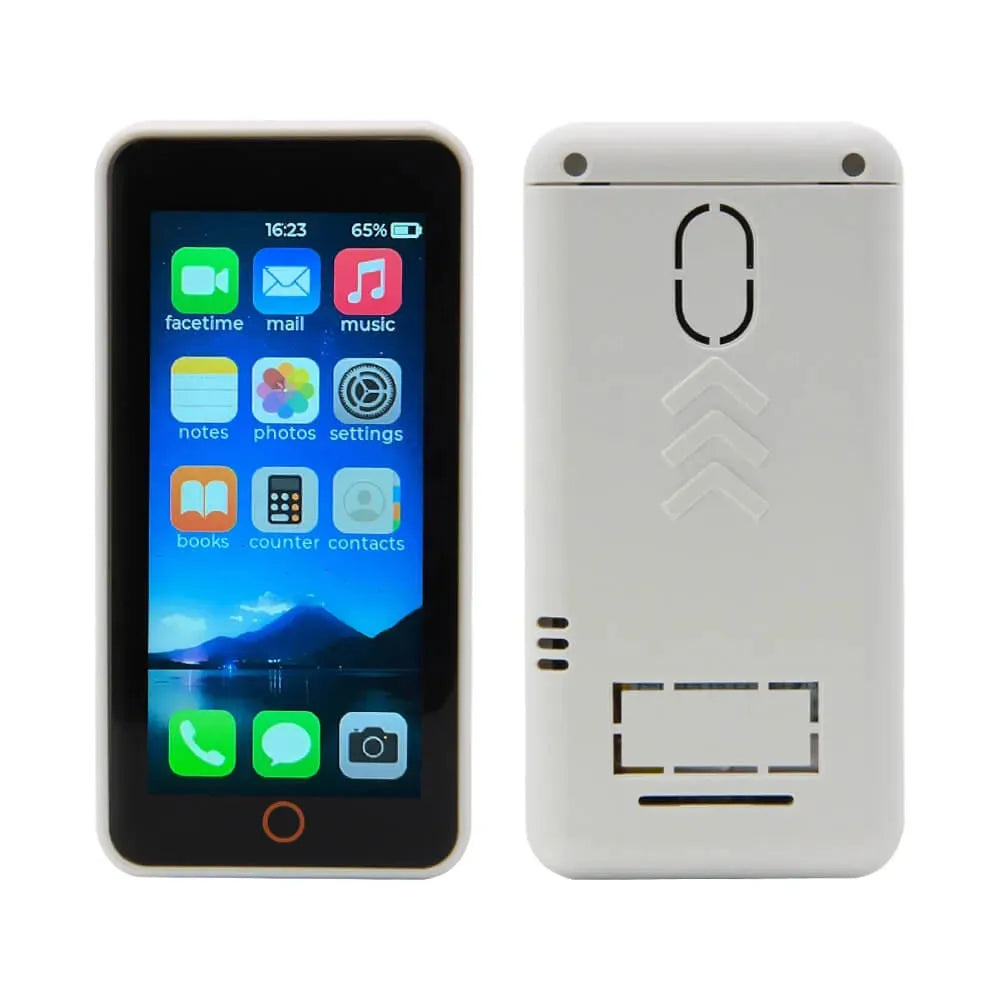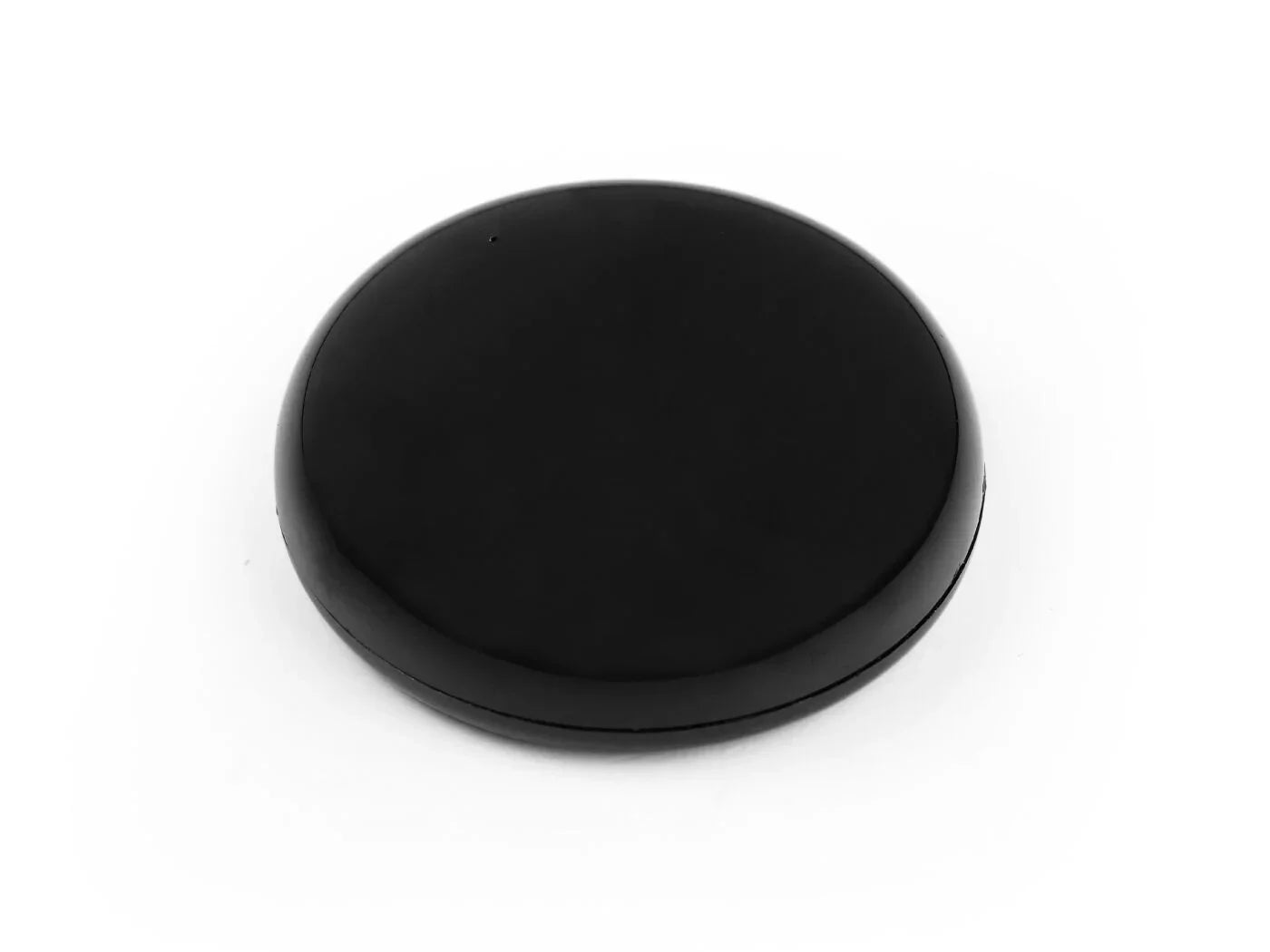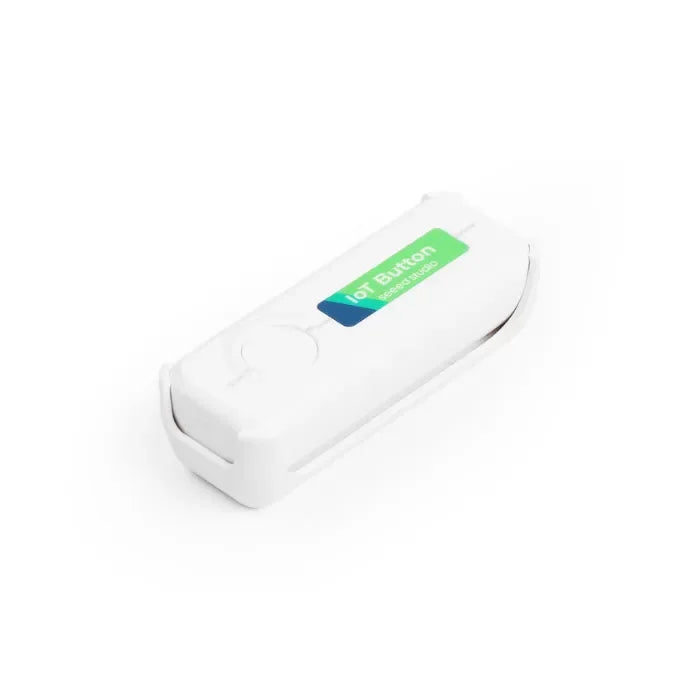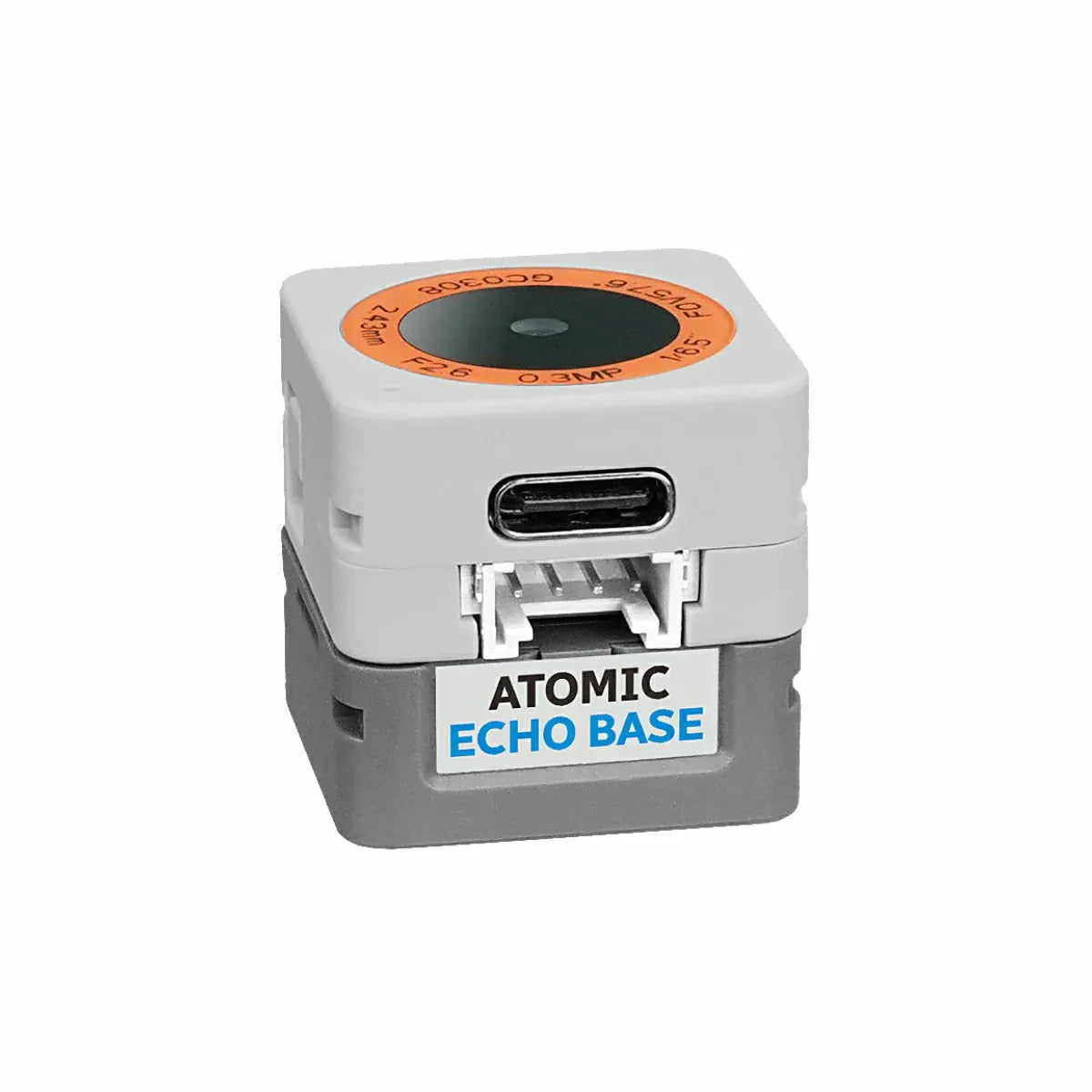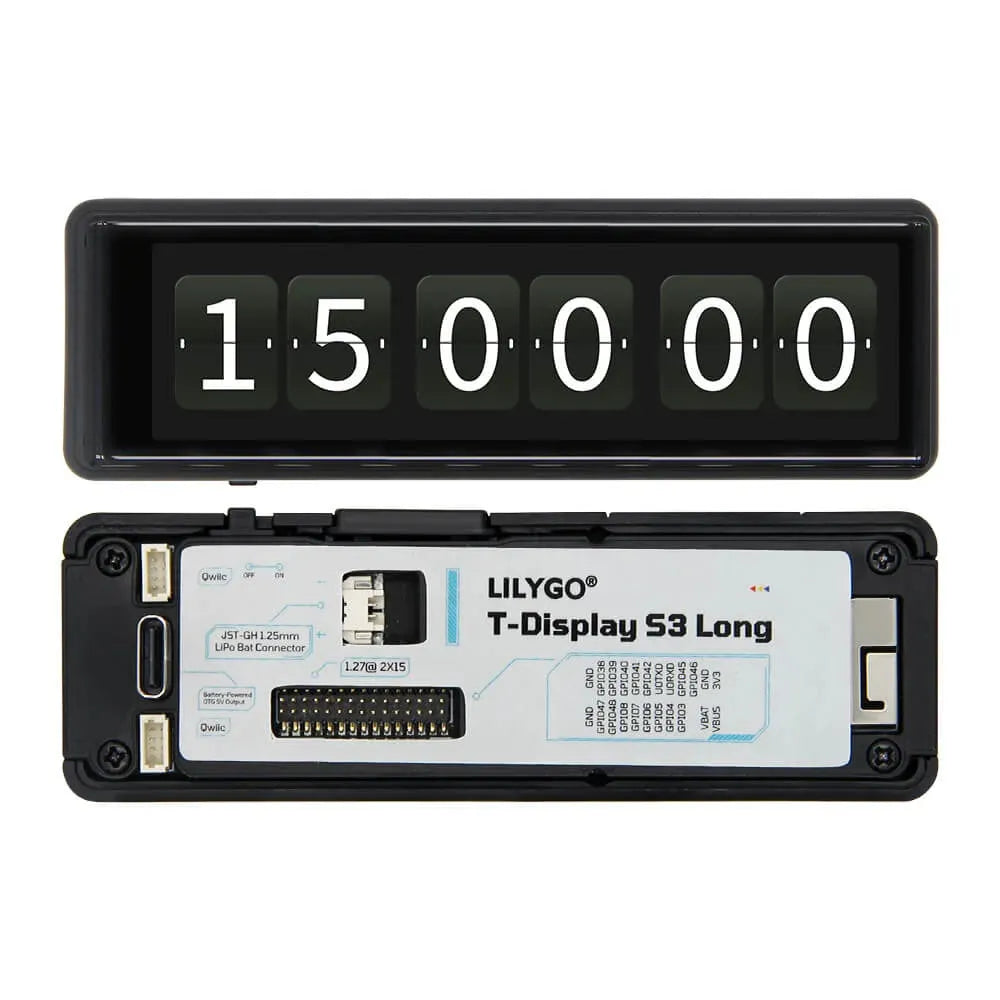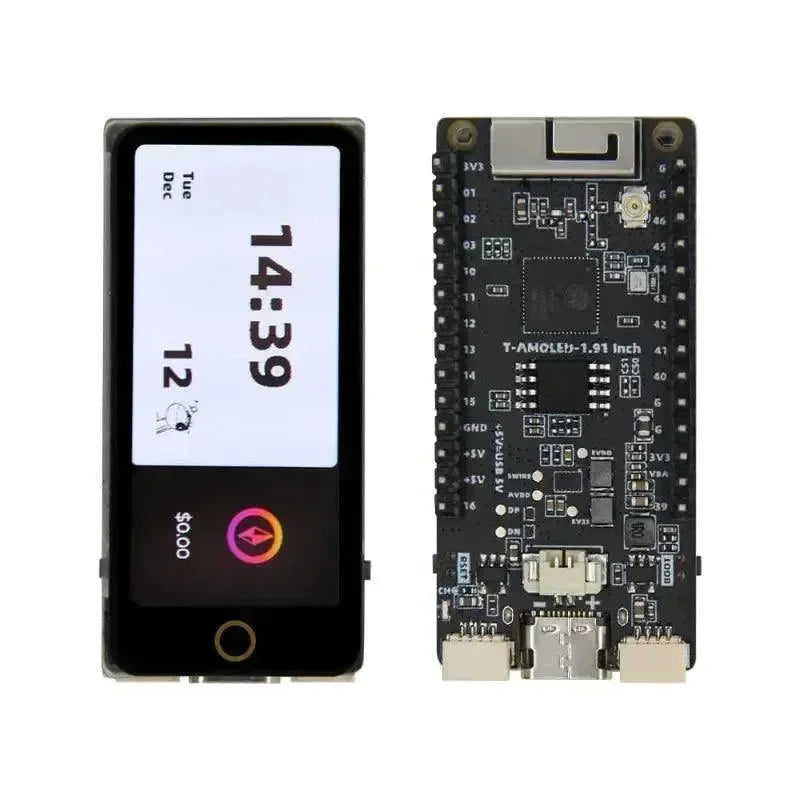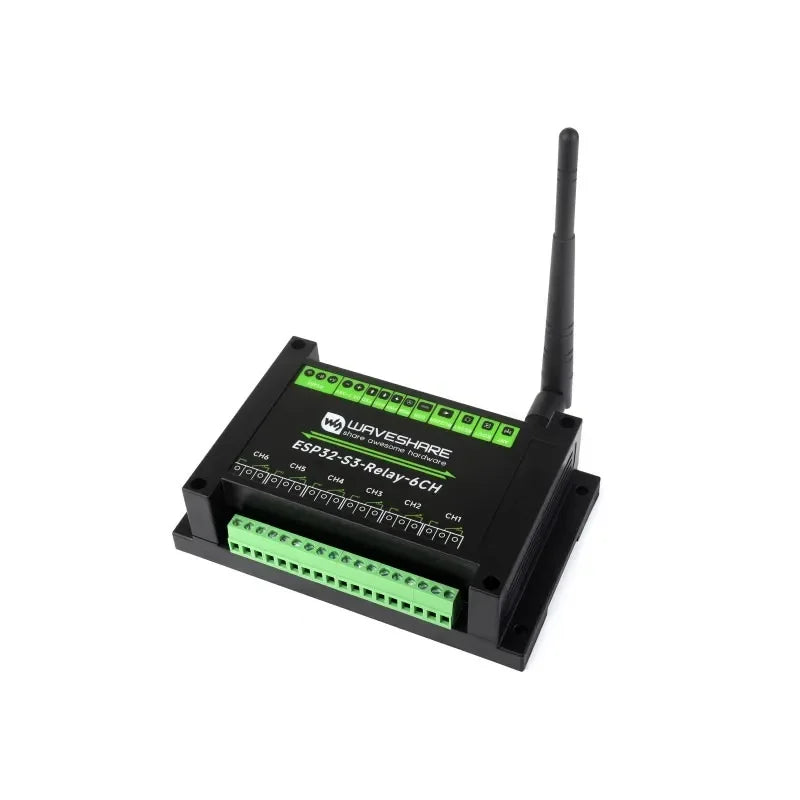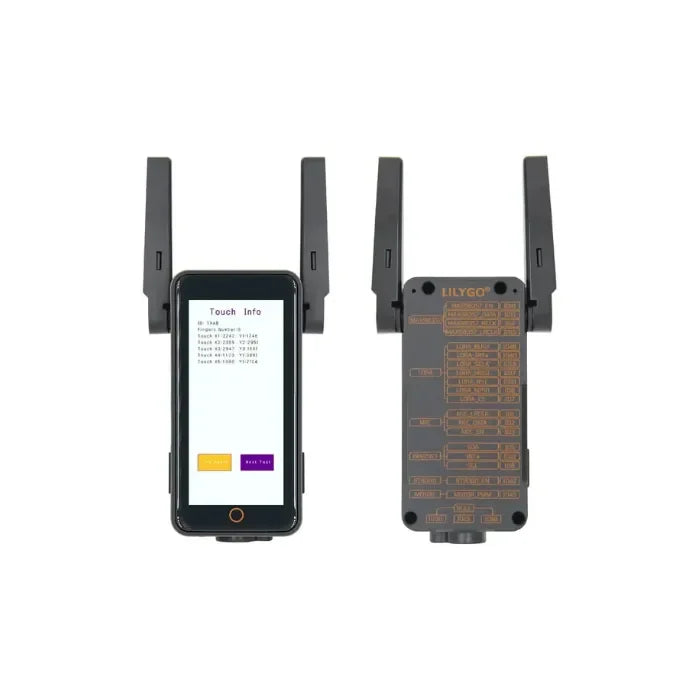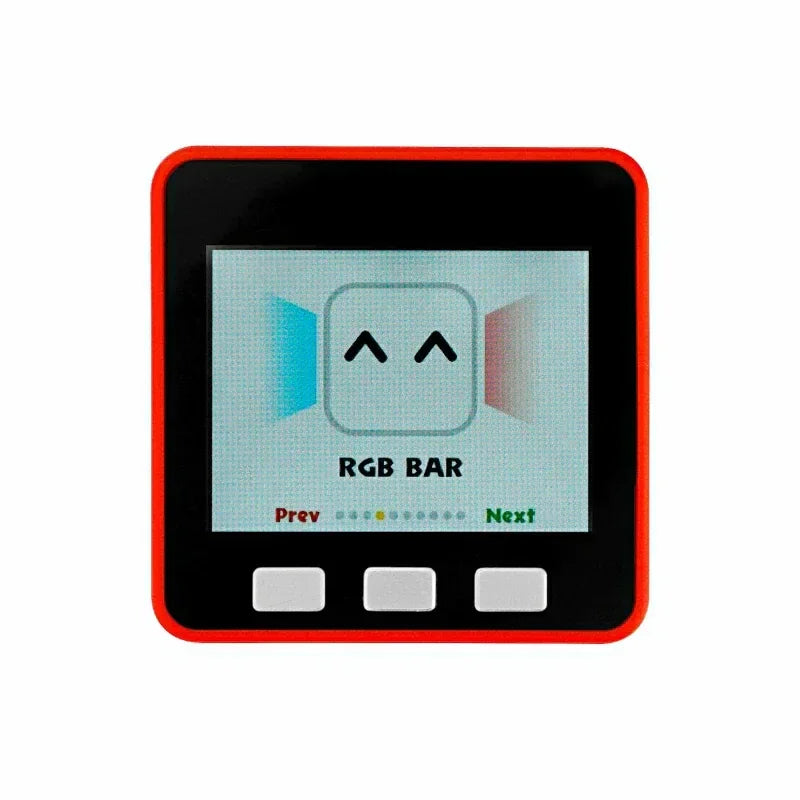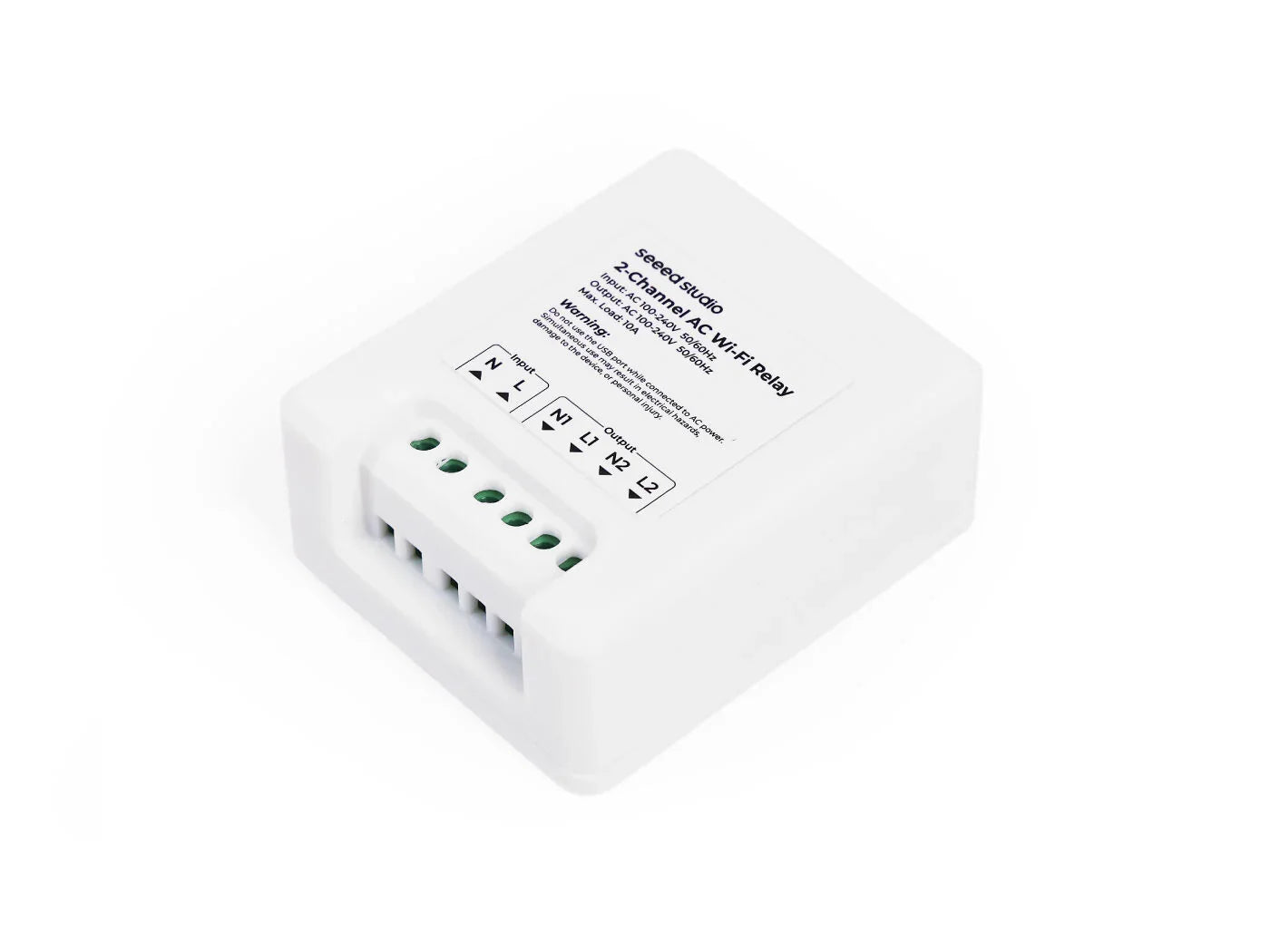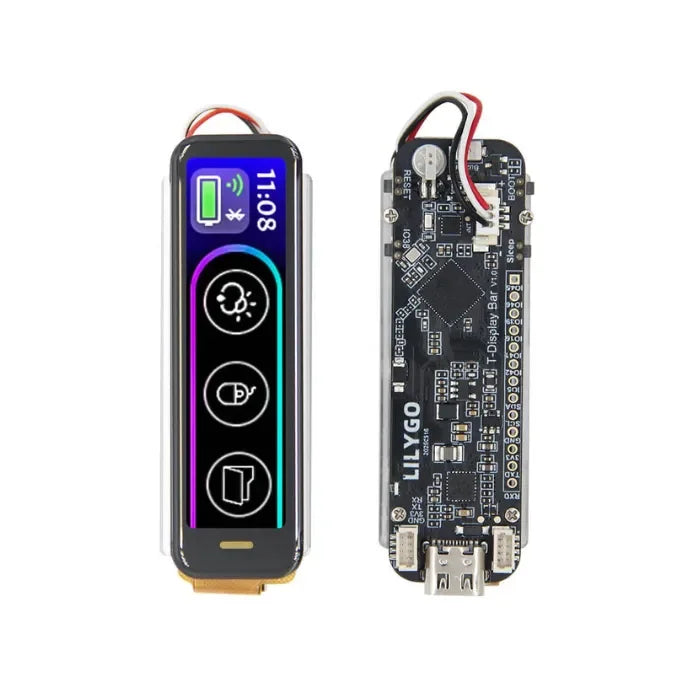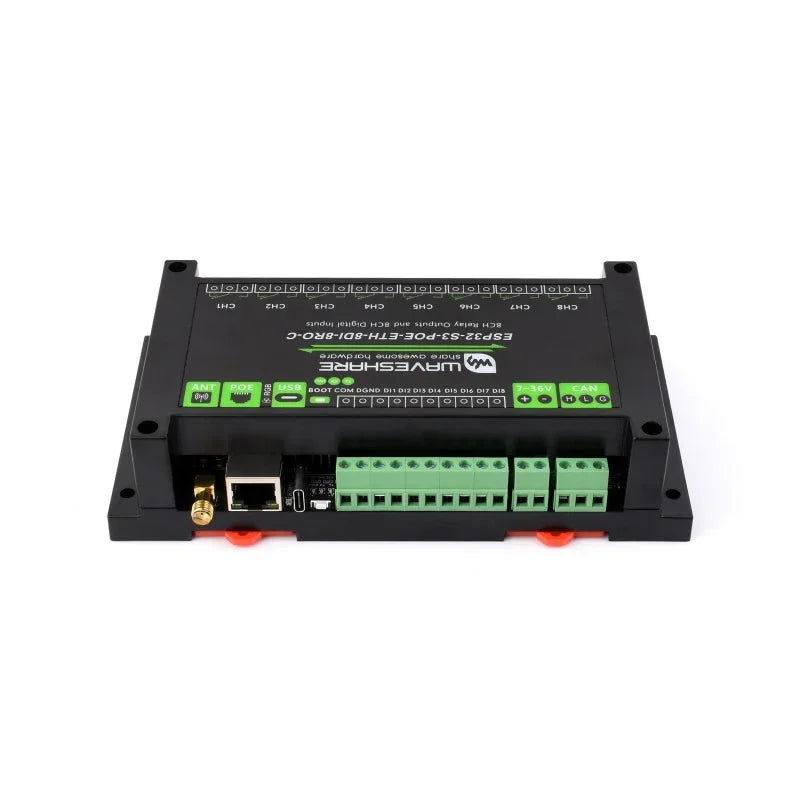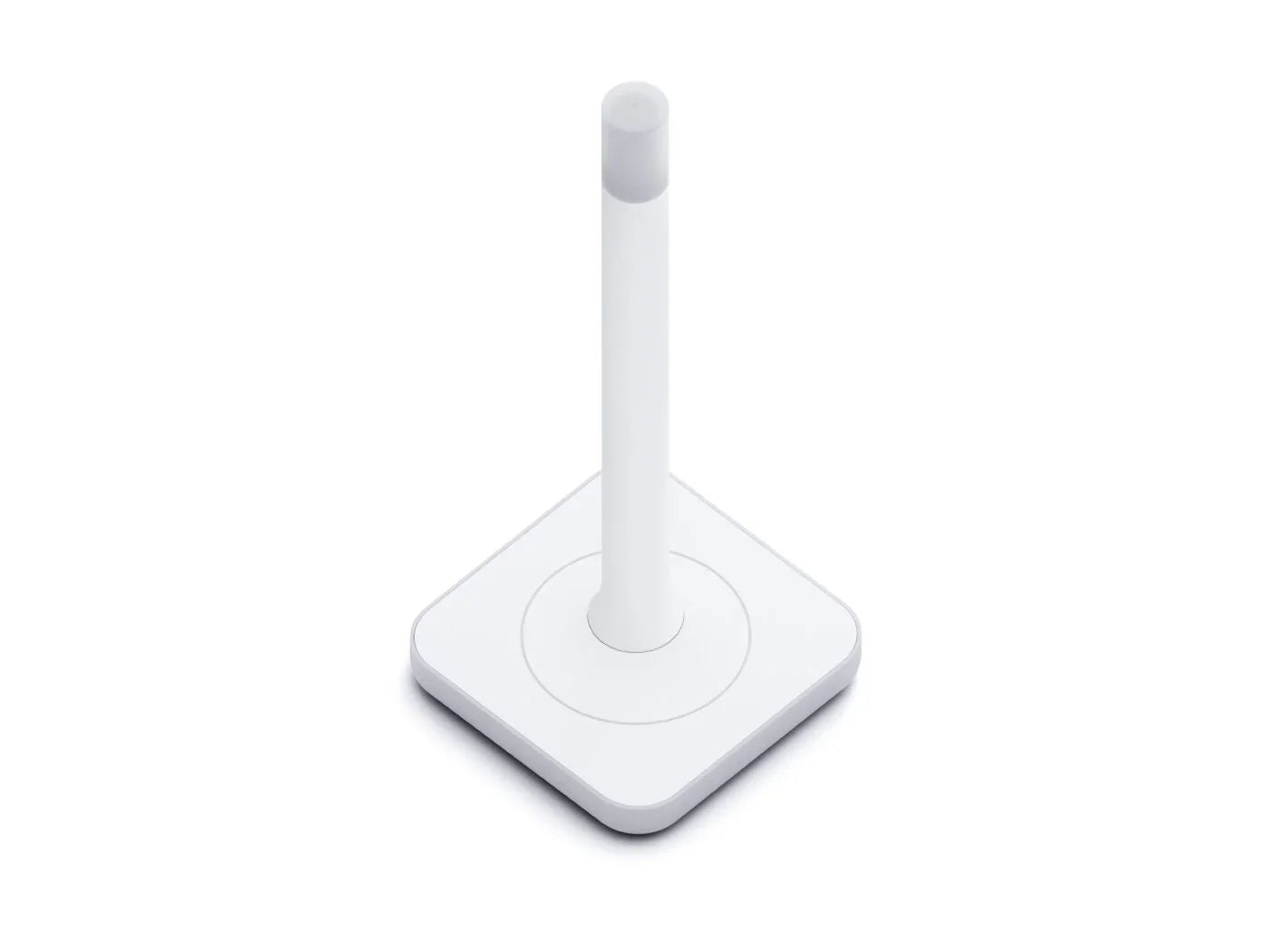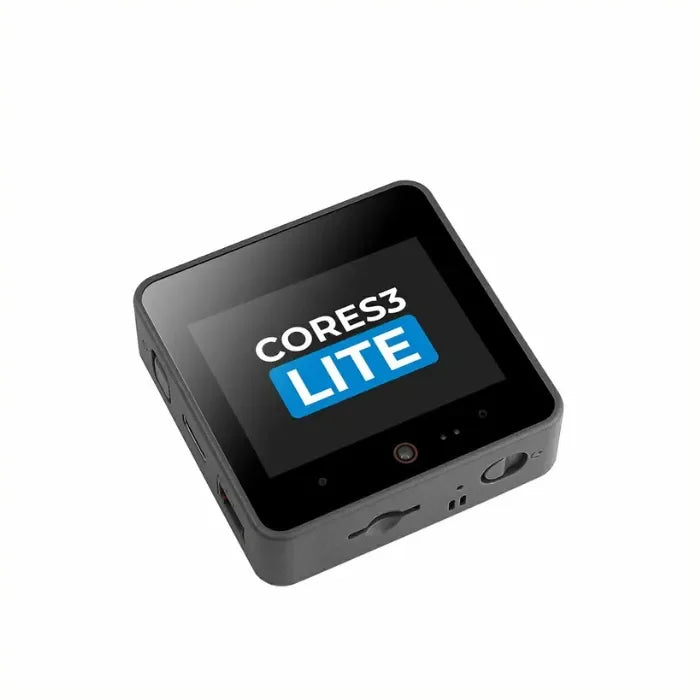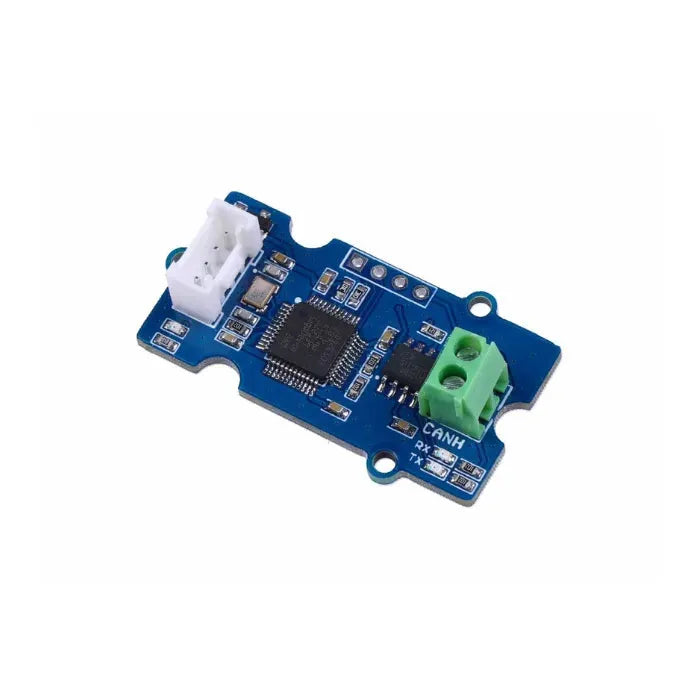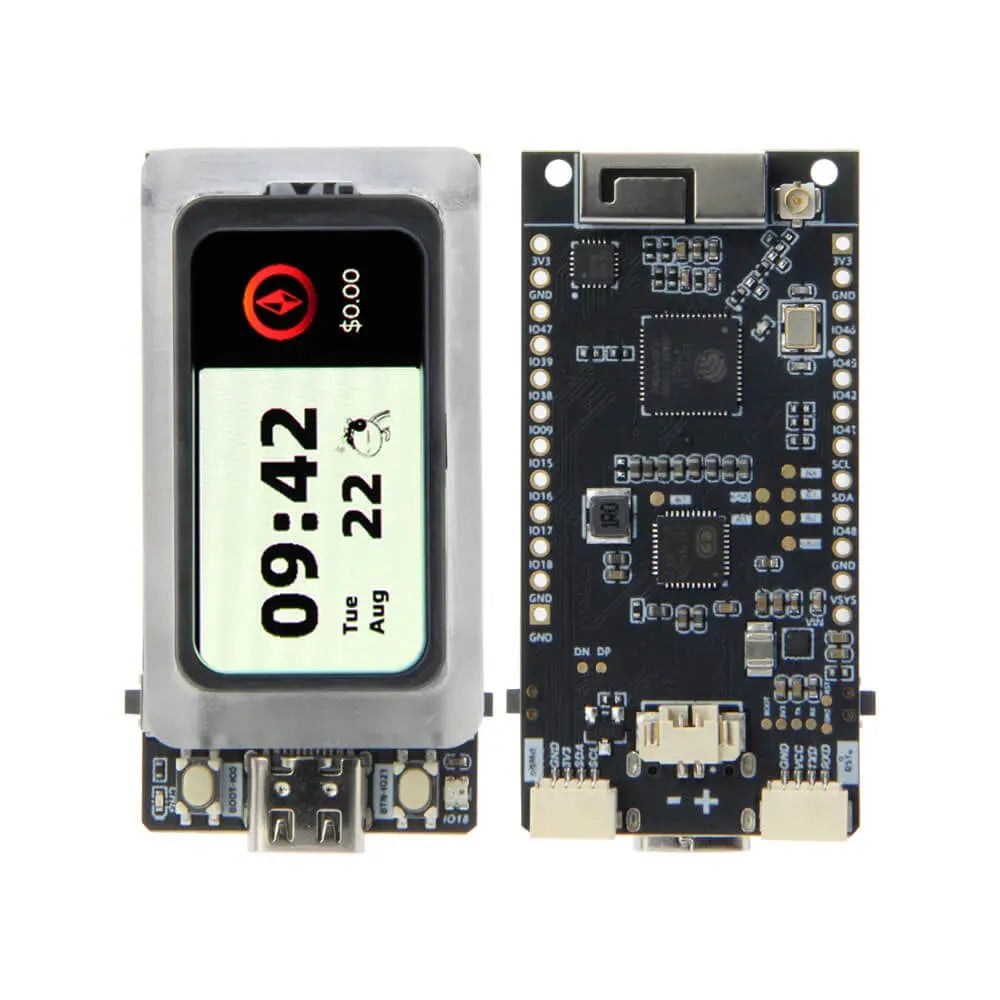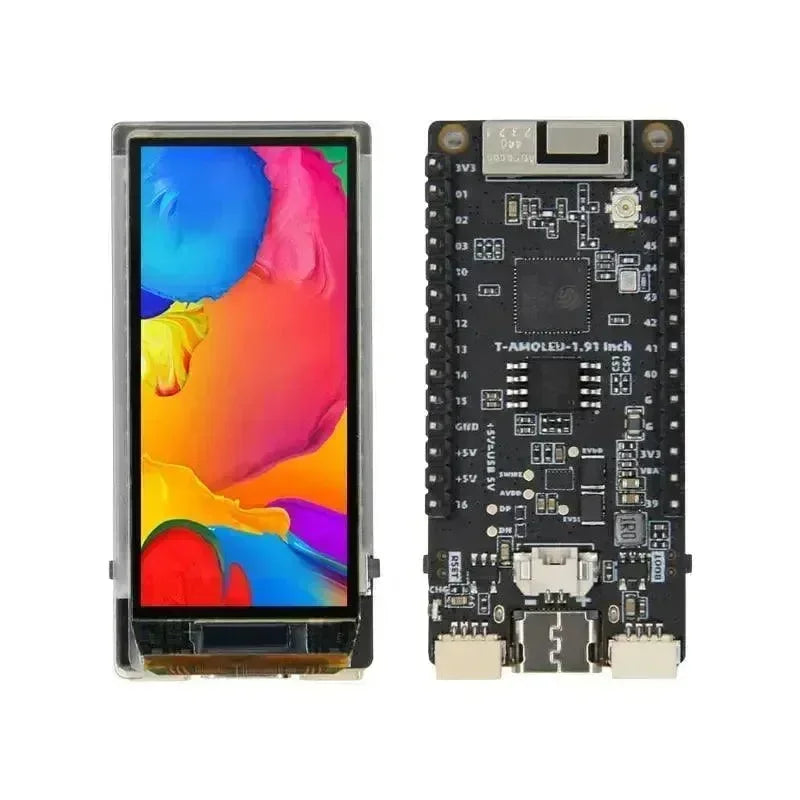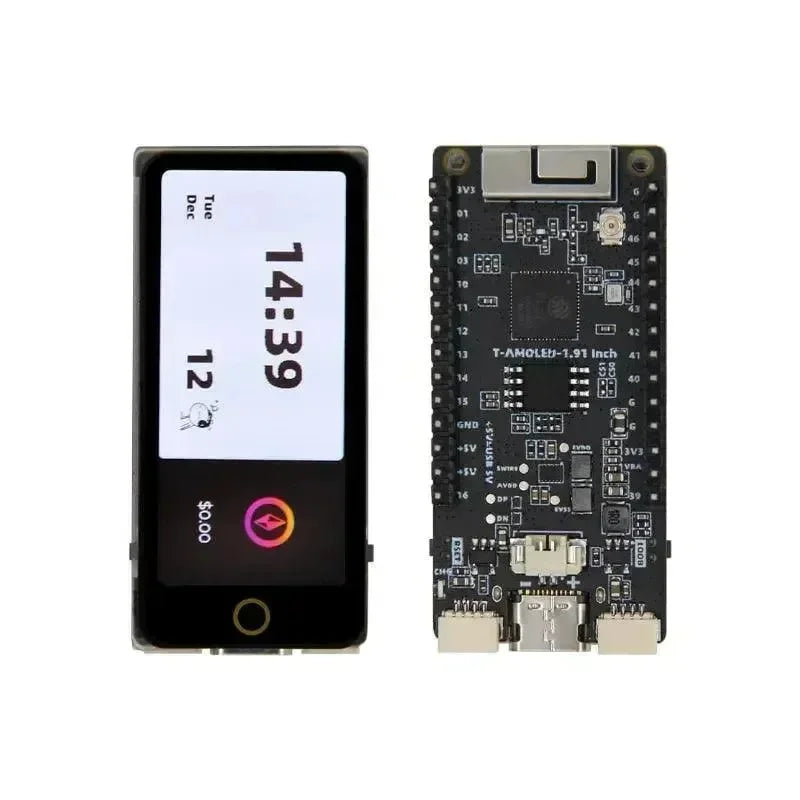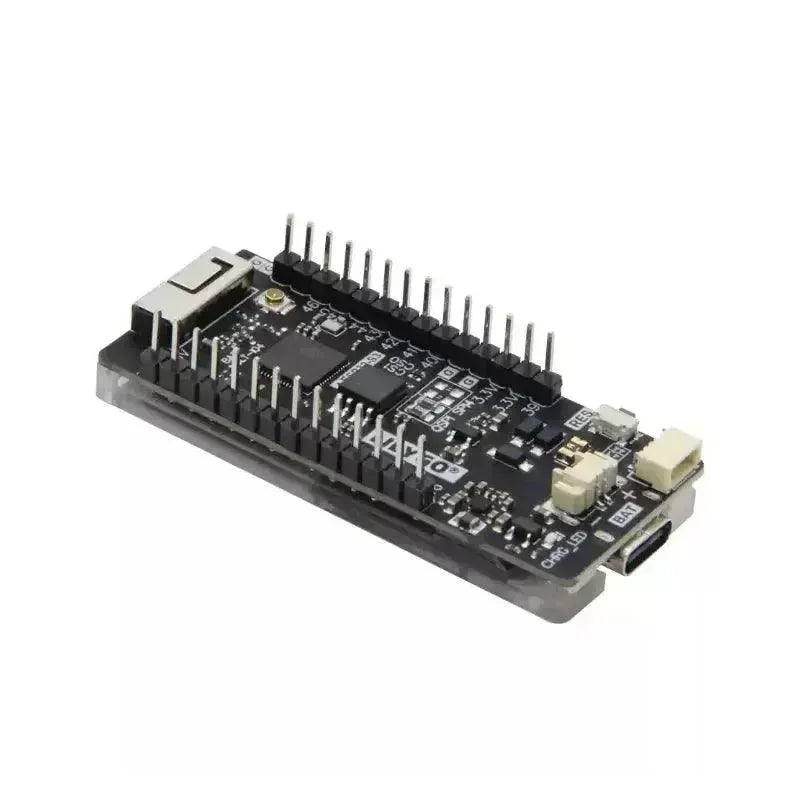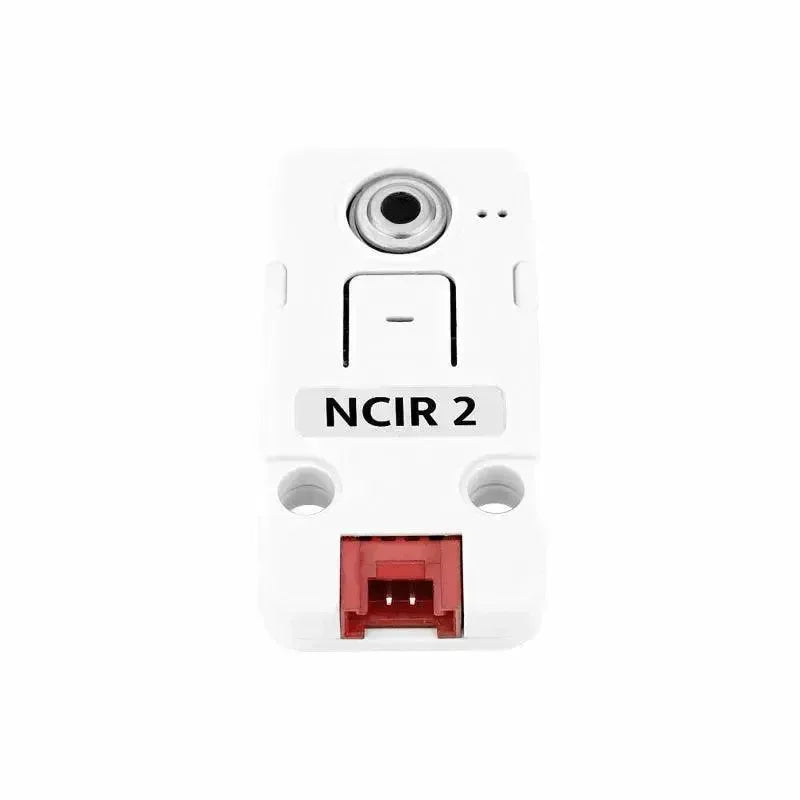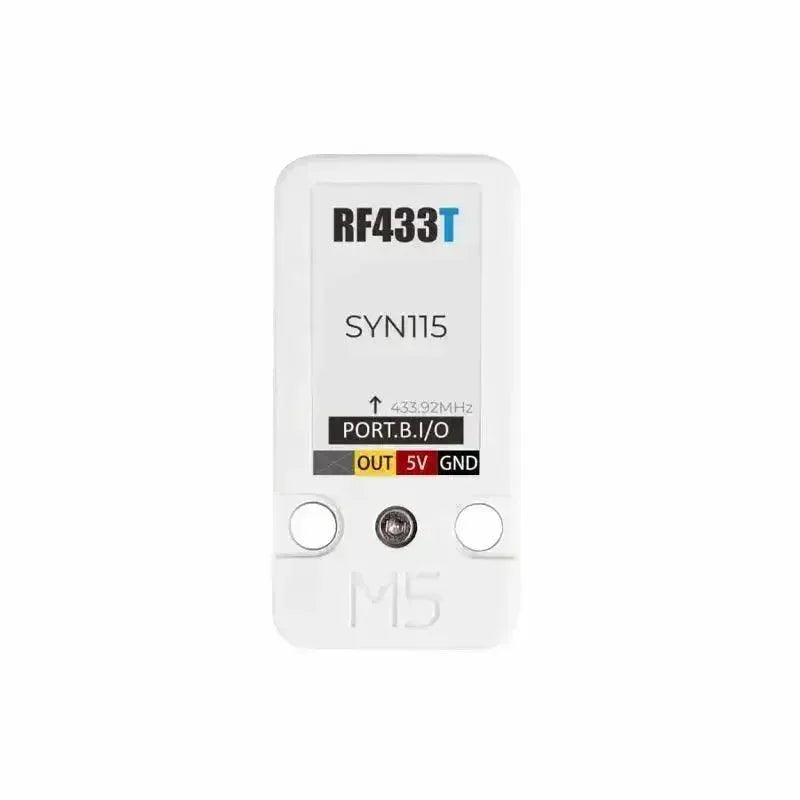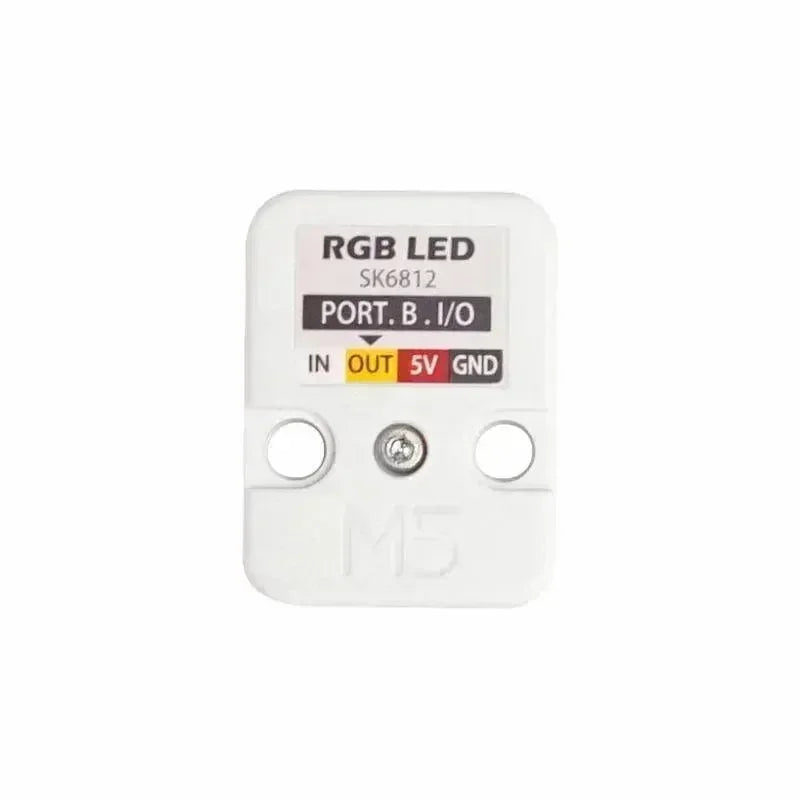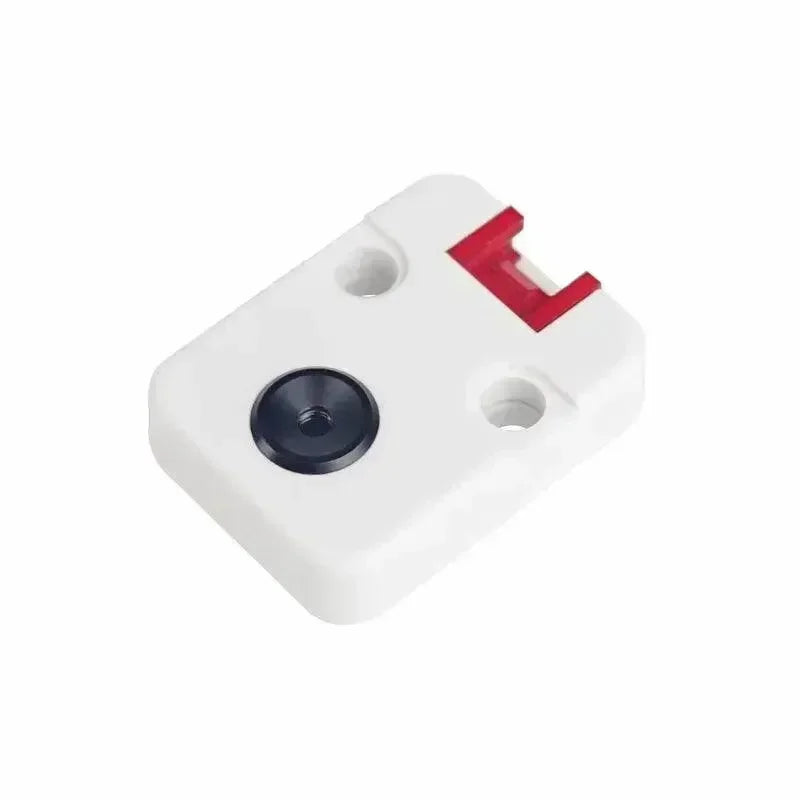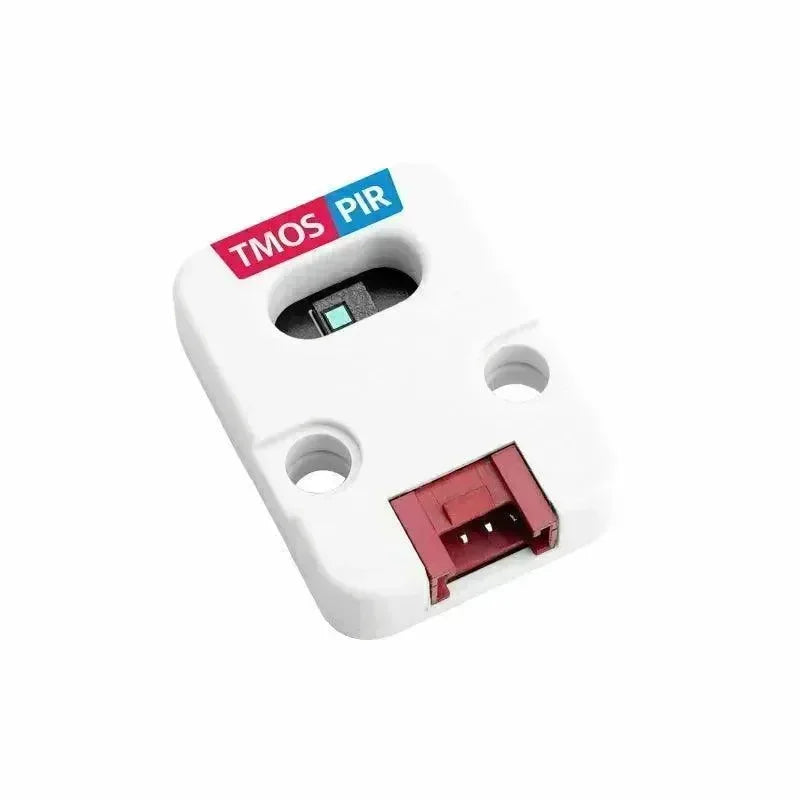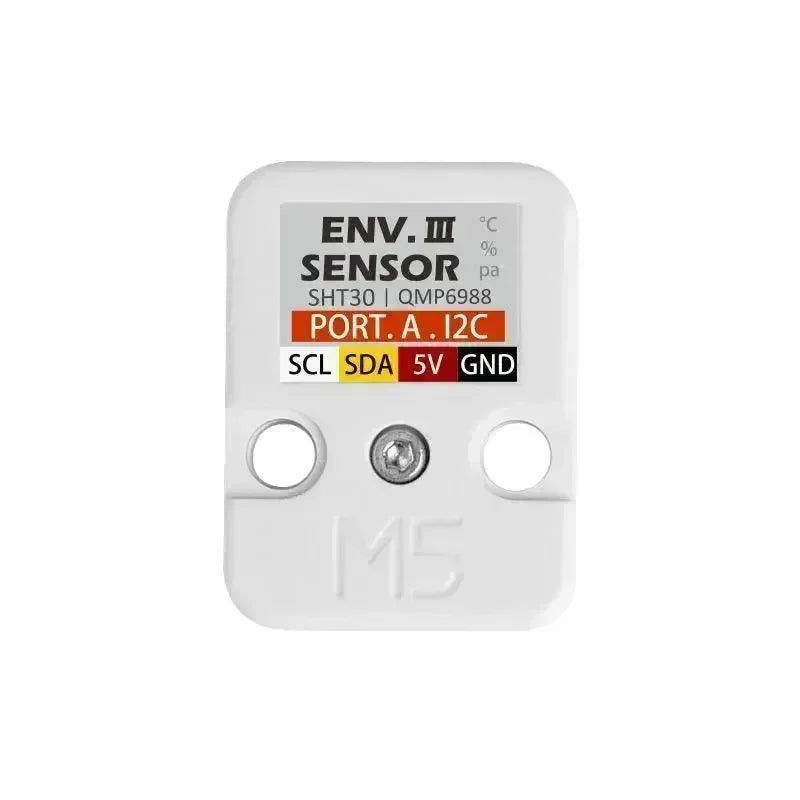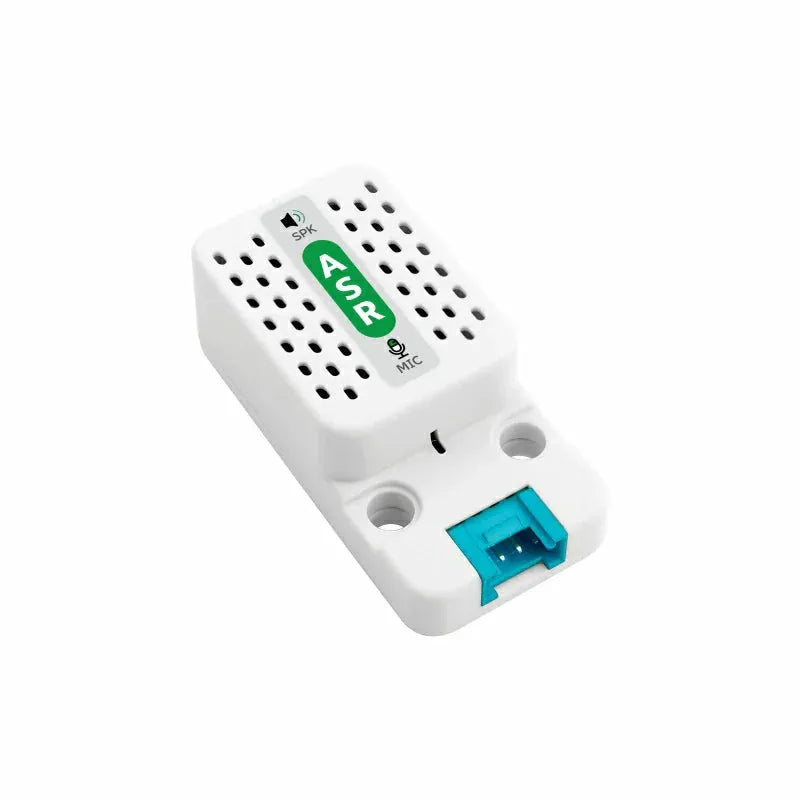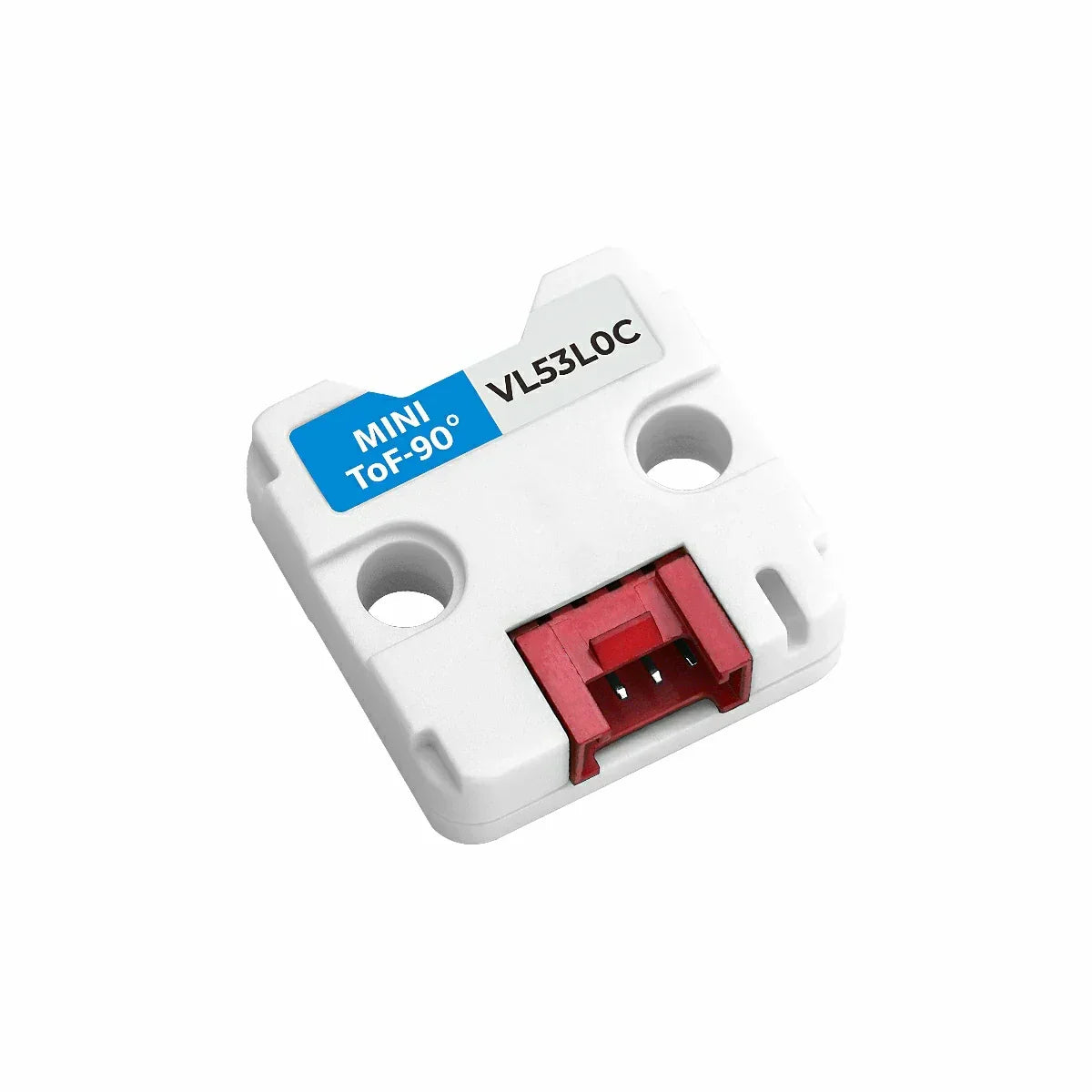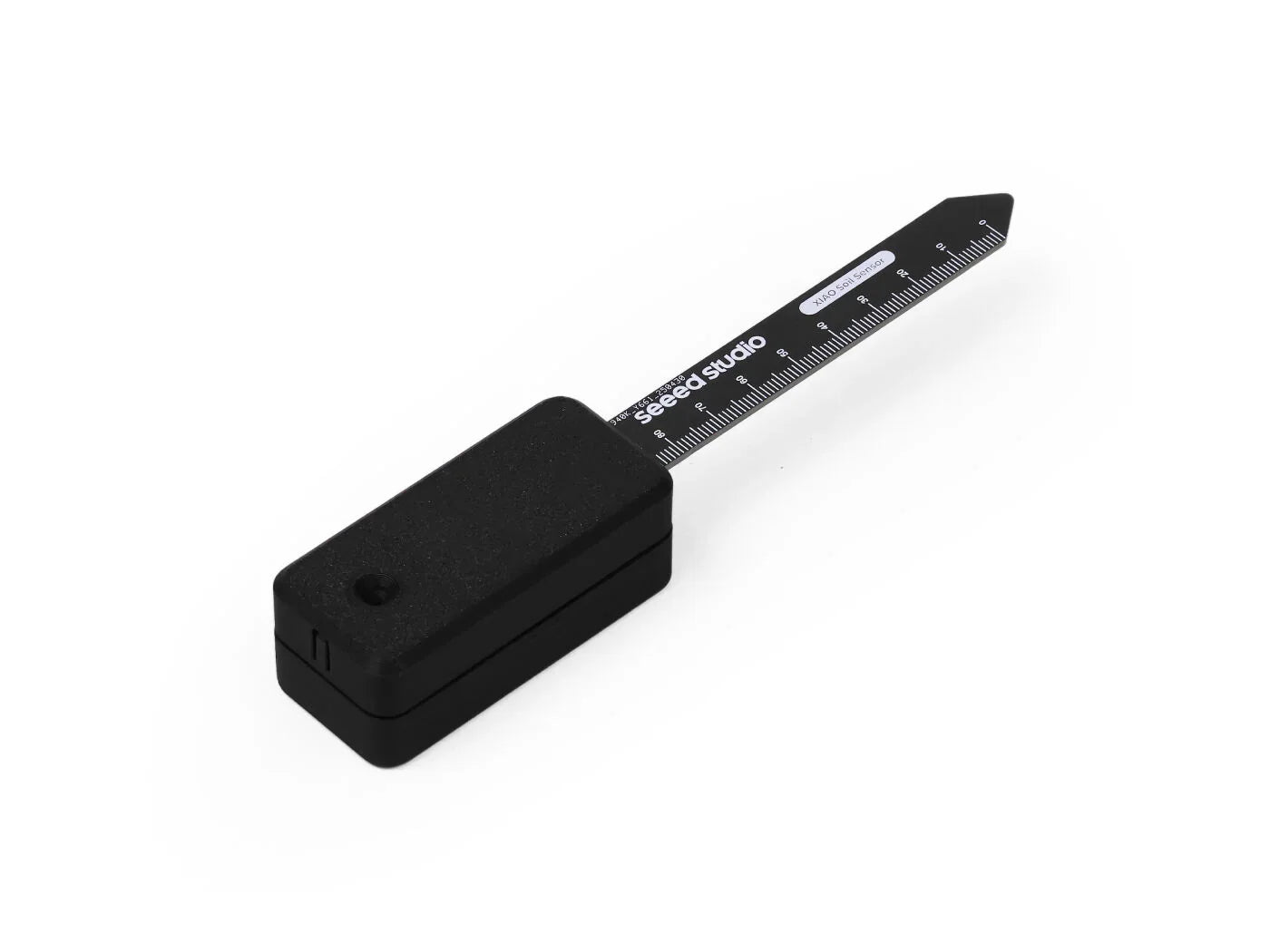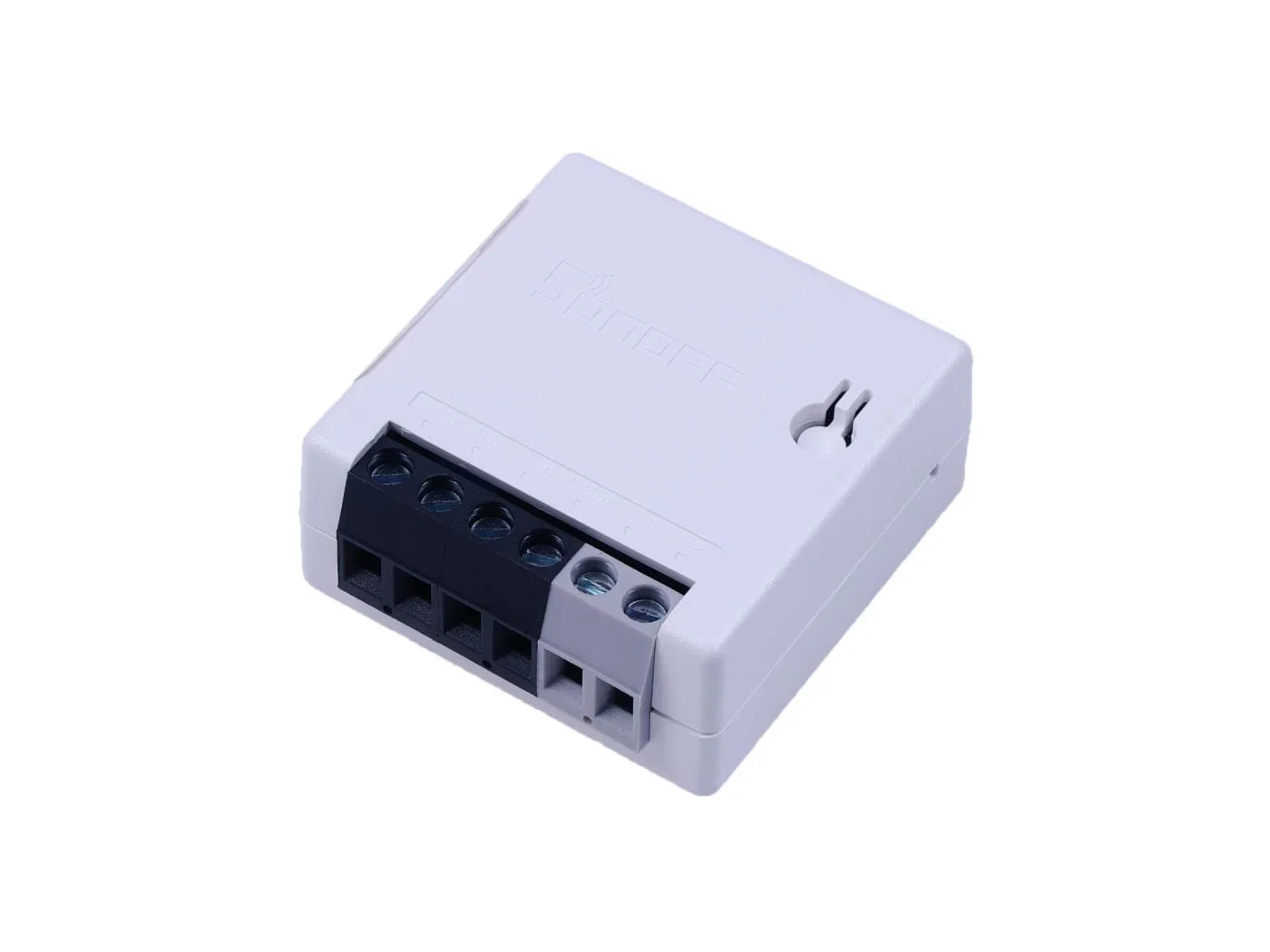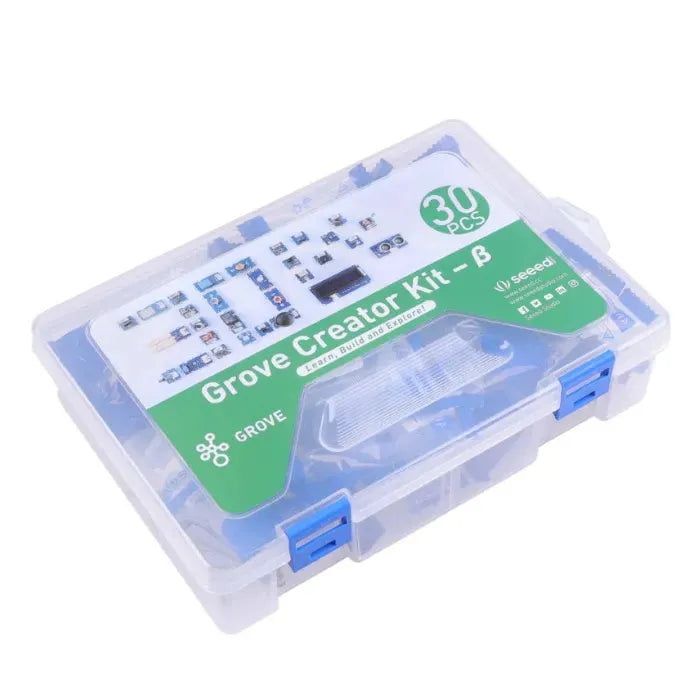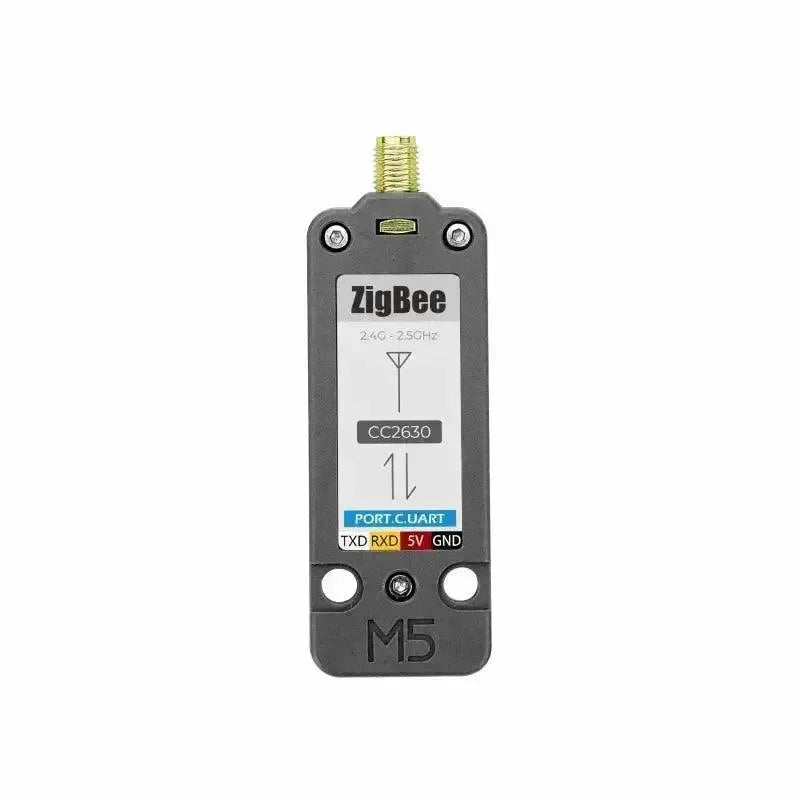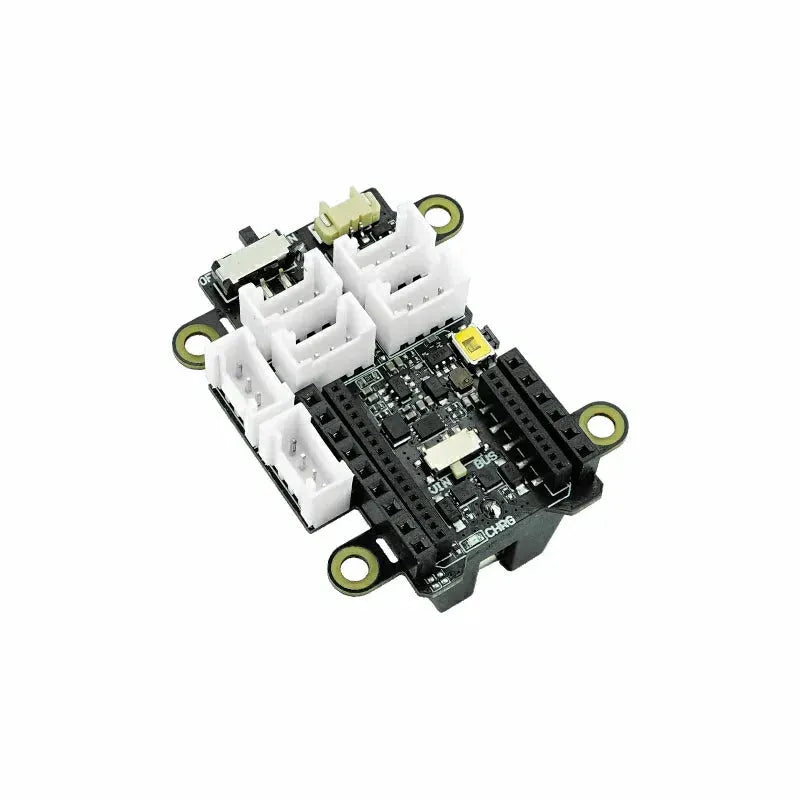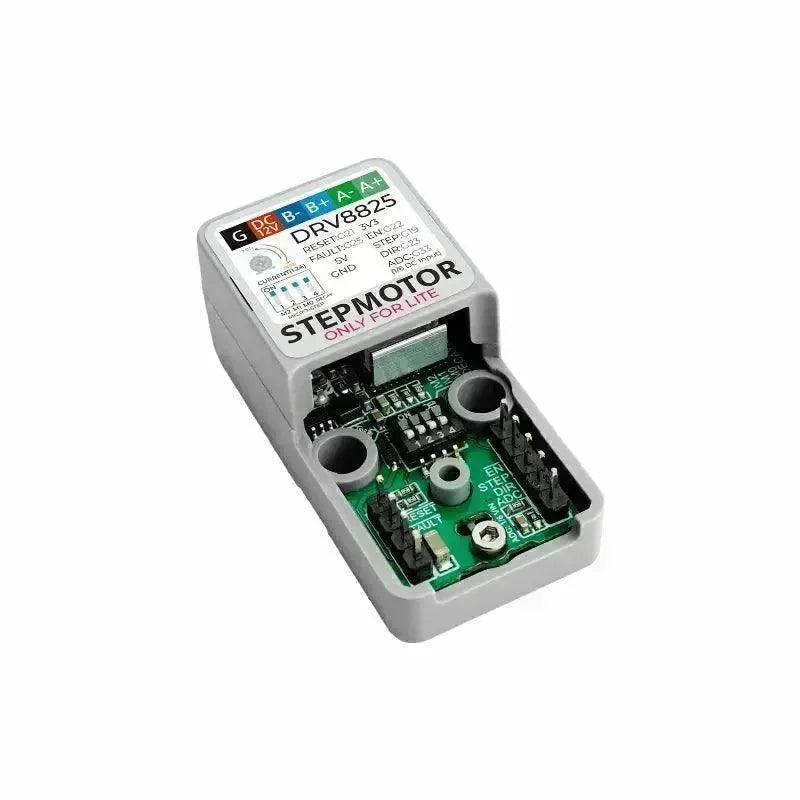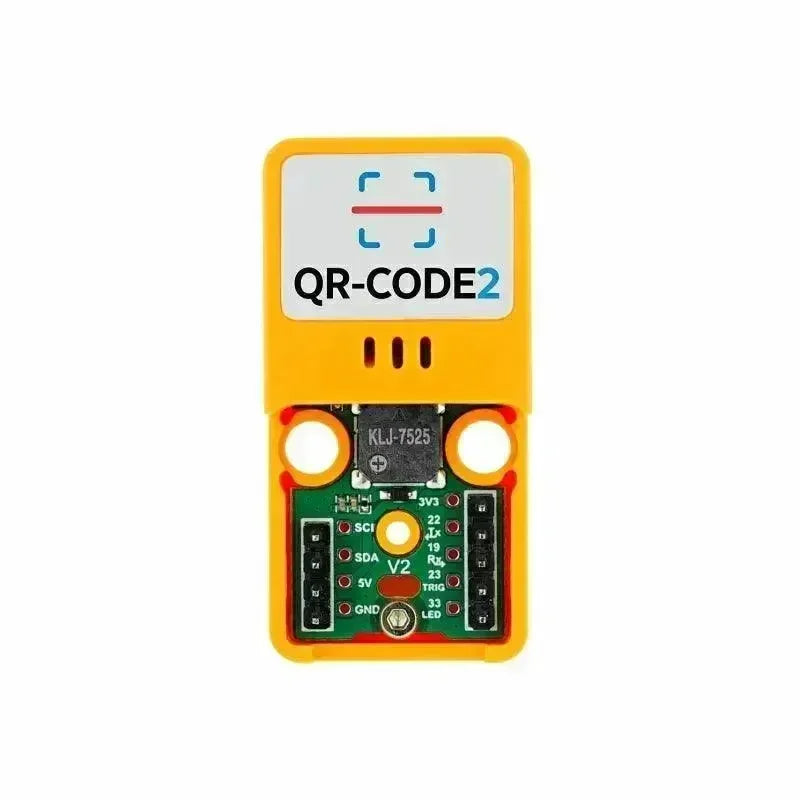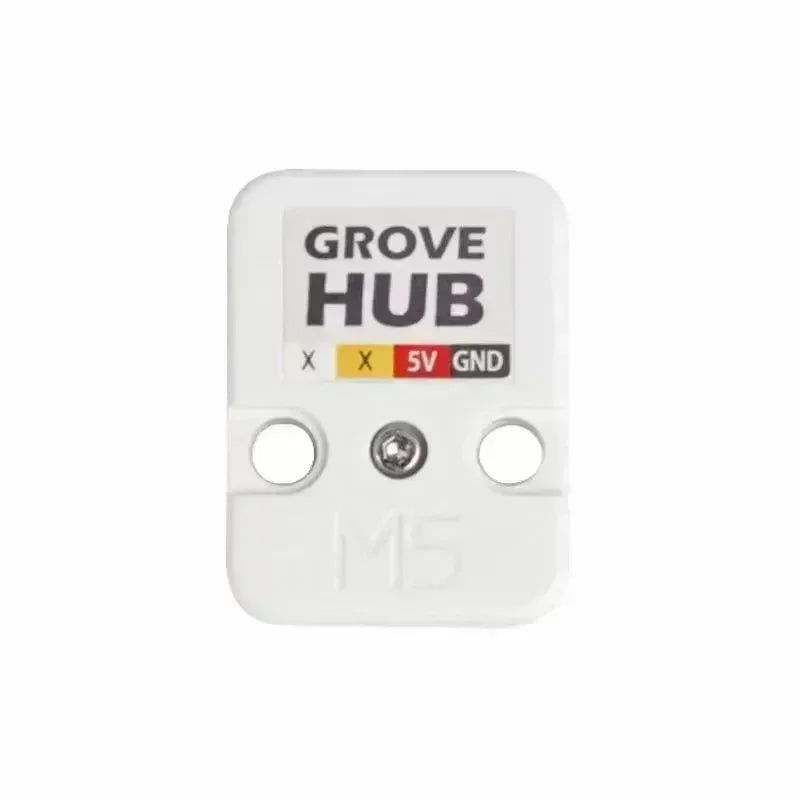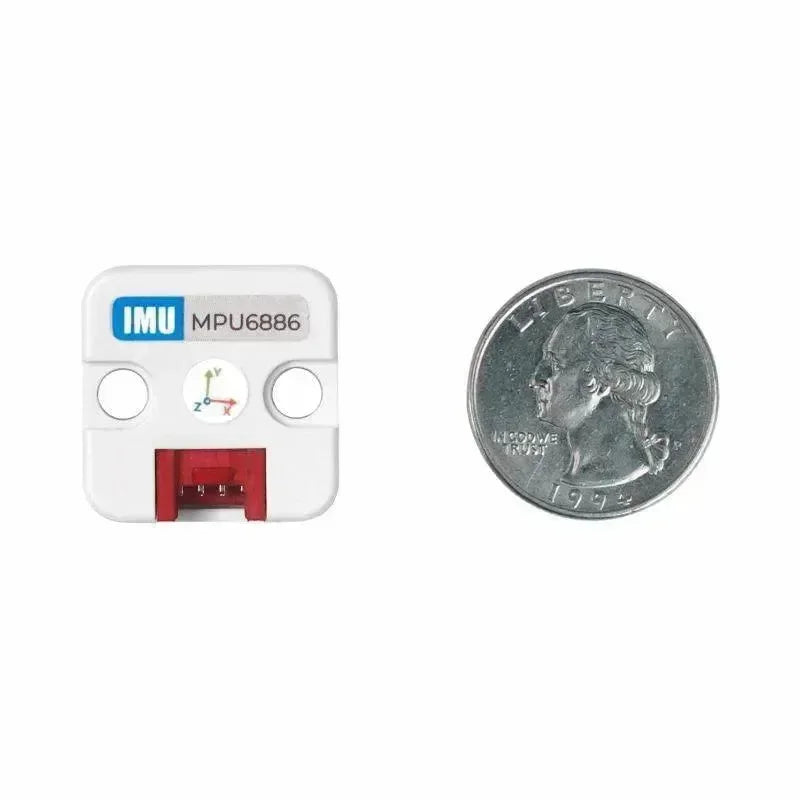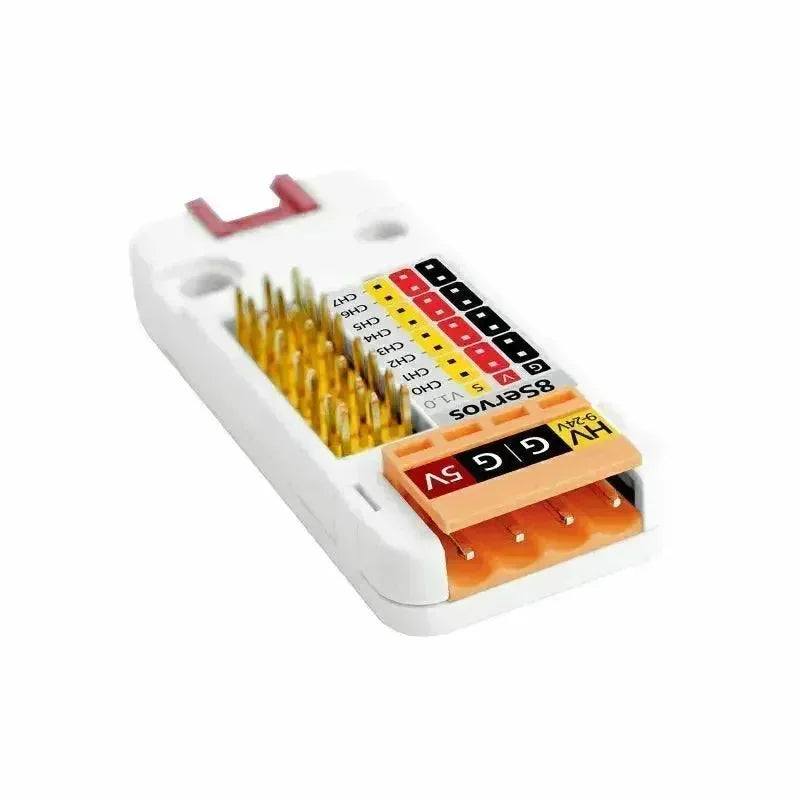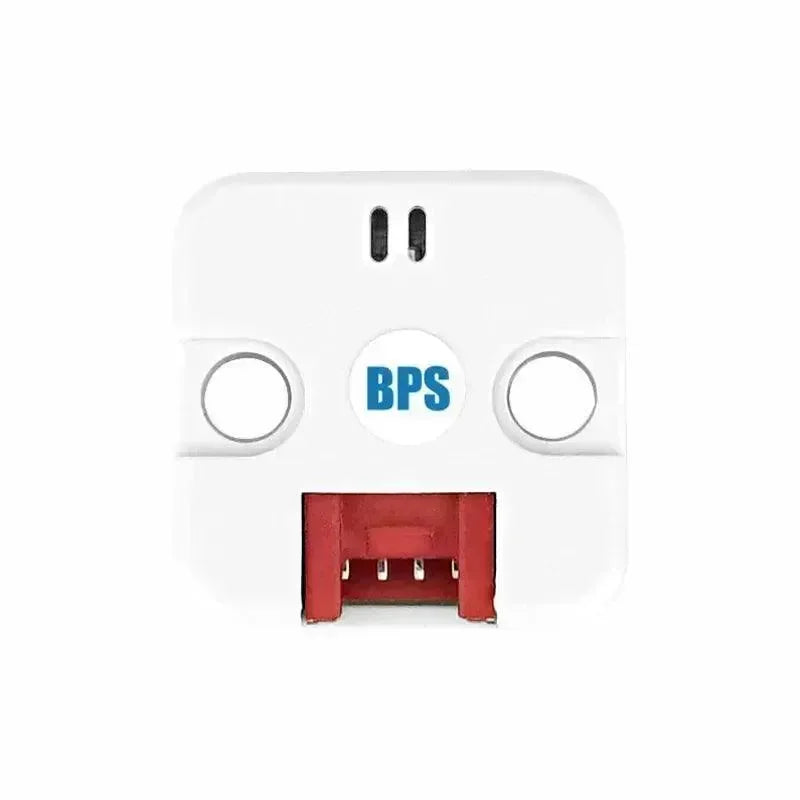
🏠 What is Home Assistant?
Home Assistant is an open-source smart home hub that lets you connect and control devices from different brands and protocols all in one place. Manage lights, climate, security systems, sensors, and more — all through a single platform. Its key advantage is local operation, meaning your data stays in your home for faster performance and greater privacy.
✨ What It Can Do
| Feature | Description |
|---|---|
| 📡 Centralized Device Management | Supports 3,300+ integrations. Control lights, locks, cameras, climate systems, and more from one interface. |
| ⚙️ Powerful Automation | Trigger devices by time, environmental conditions, or actions — like turning on lights and disabling alarms when you arrive home. |
| 🎙️ Voice Control | Works with Alexa and Google Assistant, or use the built-in private voice assistant, Assist. |
| 🔋 Energy Monitoring | Track real-time energy usage, optimize consumption, and reduce your bills. |
| 🎨 Highly Customizable | Tailor dashboards and automation logic to match your lifestyle. |
Step 1 — Choose Your Hardware

Home Assistant Green
Plug‑and‑play smart home hub with Home Assistant OS pre‑installed — perfect for beginners.
Price: €167.94

Raspberry Pi 4
Great budget gateway for light‑to‑medium smart homes. Runs Home Assistant OS smoothly for typical automations and Zigbee/Matter bridges.
Price: €76.74

Raspberry Pi 5 Starter Kit
Install Home Assistant on Raspberry Pi — a low‑cost DIY route to get started and gain hands‑on experience.
Price: €179.94
Step 2 – Install ESPHome
⚡ ESPHome is an open‑source firmware framework that simplifies turning ESP32, ESP8266, or RP2040 boards into powerful, locally‑controlled smart home devices.
Using simple 📝 YAML configuration files instead of complex C++ code, you can:
• 🛠️ Create custom smart home devices tailored to your needs
• 🔗 Integrate seamlessly with Home Assistant for a unified experience
• 🌐 Control and monitor devices via web, API, or MQTT
• 🤖 Automate with powerful on‑device logic
• 📡 Update firmware wirelessly with Over‑The‑Air (OTA) updates
With support for 📊 hundreds of sensors, displays, and components — and ☁️❌ no cloud dependency — ESPHome lets you focus on building your smart home exactly how you want it.
How to Install ESPHome
Step 3 — Choose Your Voice Controller
Step 4 — Choose Your Controller (Control‑side Devices)
Step 5 — Choose Your Sensors (Sensing‑side Devices)
Products for Home Assistant

Kompakt und dennoch leistungsstark kombiniert das XIAO ESP32‑C6 Wi‑Fi 6, Bluetooth 5, Thread und Zigbee in einem daumengroßen RISC‑V Dual-Core-Board – perfekt für eingebettete Integrationen. Mit nativer Unterstützung für Matter und ESPHome fügt es sich nahtlos in Ihr Home Assistant-Ökosystem ein, um Sensoren, Auslöser oder Automatisierungsendpunkte mit minimaler Einrichtung hinzuzufügen.
Typische Anwendungen in Home Assistant:
- Umwelt- und Belegungssensoren
- Drahtlose Tasten oder Bedienfelder
- Thread-/Zigbee-Brücken für vorhandene Geräte
- Energiesparende Fernknoten für die Datenerfassung

Angetrieben von einem ESP32 Dual-Core-Prozessor mit integriertem Wi-Fi und Bluetooth verfügt der M5Stack Core2 über ein 2,0-Zoll kapazitives Touch-Display, virtuelle Tasten, haptisches Feedback, Lautsprecher, RTC, 6-Achsen-IMU-Sensor und Mikrofon.
Mit ESPHome oder MQTT verbindet er sich in wenigen Minuten mit Home Assistant und ermöglicht eine schnelle, lokale und zuverlässige Smart-Home-Steuerung.
Warum es großartig für Home Assistant ist
- 📱 Touch-Interaktion — benutzerdefinierte Dashboards, Umschalter, Szenen oder Live-Daten direkt auf dem Bildschirm anzeigen
- 🎛 Mehrere Eingabemethoden — virtuelle Tasten, Gesten und Touch-Zonen zum Auslösen von Automatisierungen
- 🔊 Audio & Haptik — integrierter Lautsprecher und Vibrationsmotor für Alarme, Türklingeln und Benachrichtigungen
- 🔌 Erweiterbar — Grove-Anschluss, TF-Kartensteckplatz, I2S-Audio für Sensoren und Peripheriegeräte
- 🔋 Flexible Platzierung — integrierter wiederaufladbarer Akku für kabellosen Einsatz überall in Ihrem Zuhause

Das M5Stack Dial v1.1 ist ein kompaktes, funktionsreiches Steuergerät, das auf dem ESP32‑S3 basiert. Mit seinem 1,28″ runden TFT-Touchdisplay, dem hochpräzisen Drehgeber und dem RFID-Modul bietet es sowohl visuelles Feedback als auch taktile Steuerung für Ihr Home Assistant-Setup.
Perfekt für Home Assistant, weil es bietet:
- Schnelle Integration über ESPHome, MQTT oder benutzerdefinierte Firmware
- Mehrfache Eingabesteuerung: Touch-Gesten, Drehknopf und Tasten unter dem Bildschirm
- Visuelle Dashboards & Live-Daten direkt auf dem runden Display
- Geräteauslöser mit dem eingebauten RFID-Leser für sichere, kontaktlose Aktionen
- Flexible Platzierung mit DC 6–36 V Eingang oder optionalem Batteriebetrieb
- Einfache Erweiterung über Grove-Anschlüsse für Sensoren, Relais oder andere Peripheriegeräte

